#Talk Recording
#Slides & Transcript
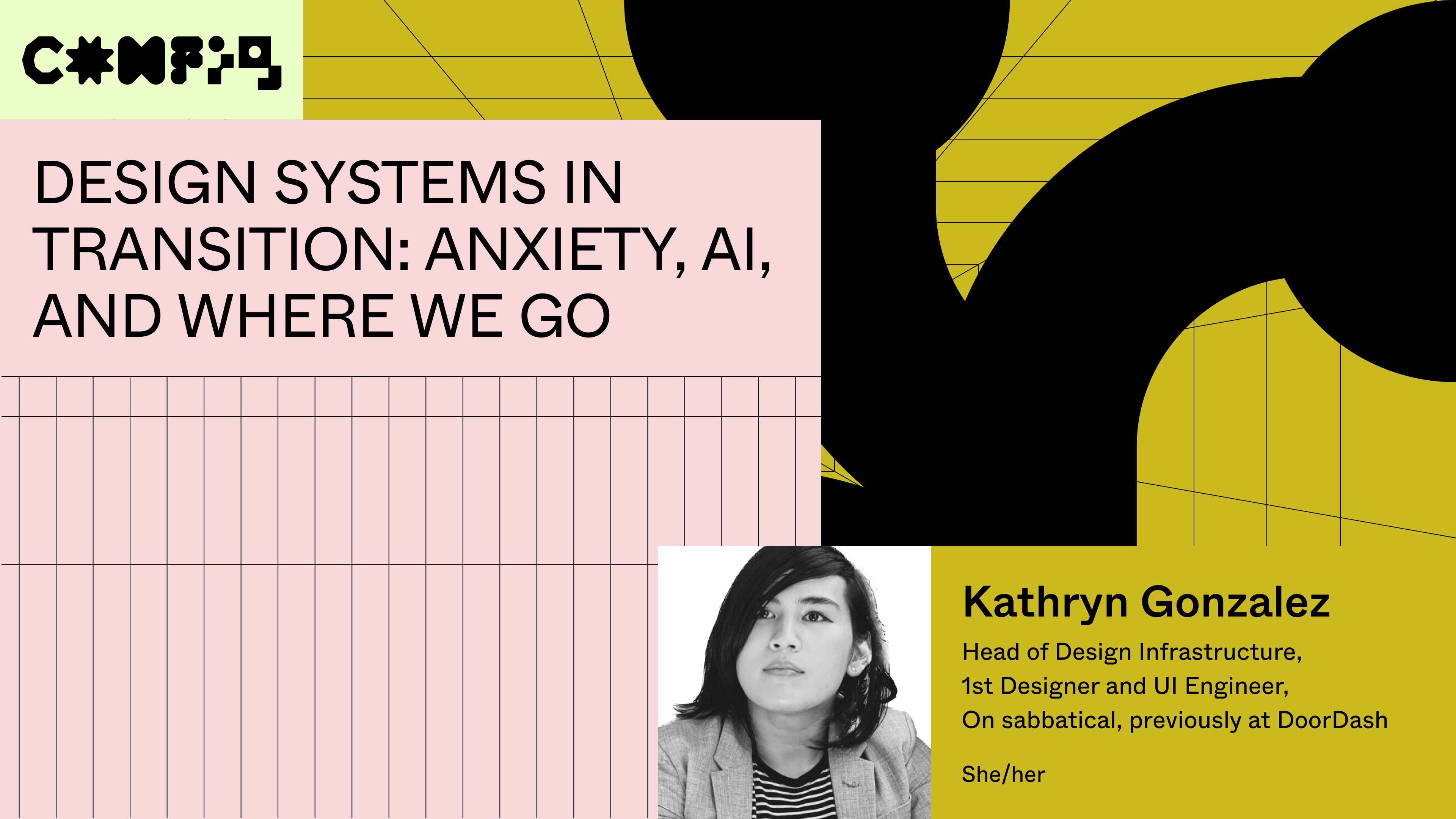
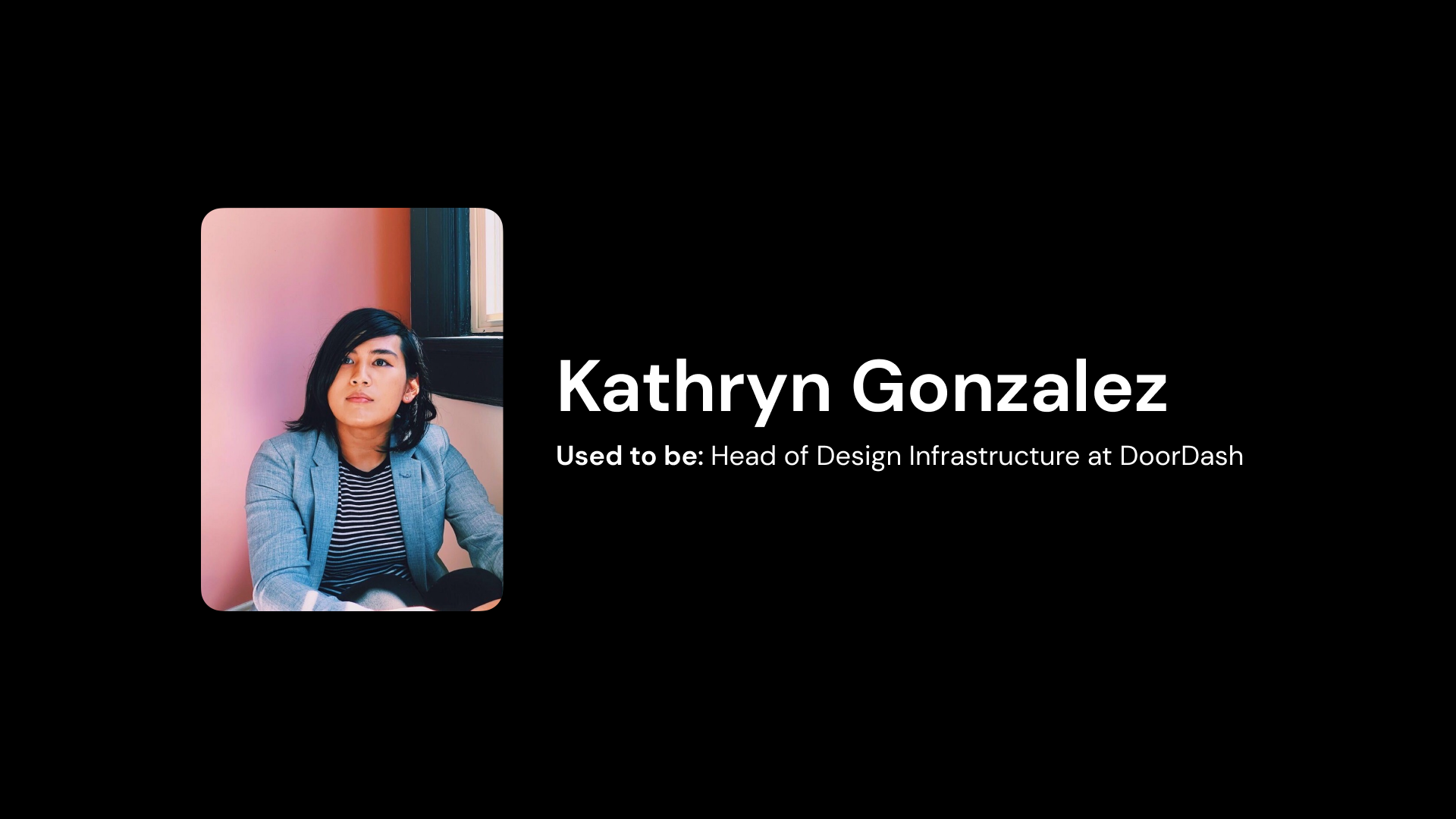
I’m Kathryn Gonzalez, and I was most recently the Head of Design Infrastructure at DoorDash. I led our design systems designers and engineers, our prototypers, and all the folks that took care of accessibility. I was there for 8 years after starting as their first designer and frontend engineer. And now, I’ve decided a take a break to rest, travel, and think about my future and what I want to do for the next part of my career.
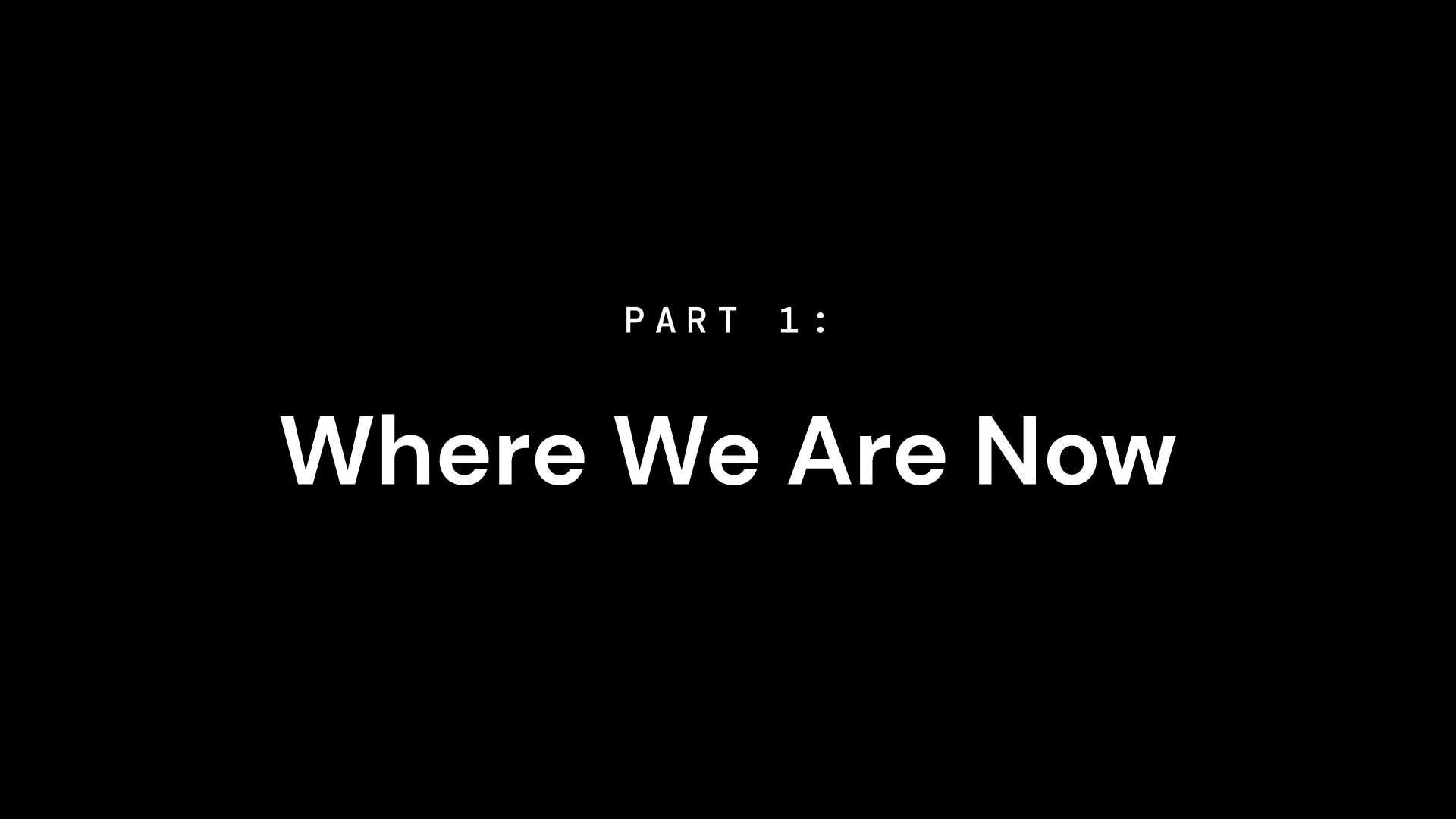
So before I get into it, I want to say—this talk is a little different than what I’ve done before. A little more exploratory, a little more feely, and a little uncertain. I hope you like it.
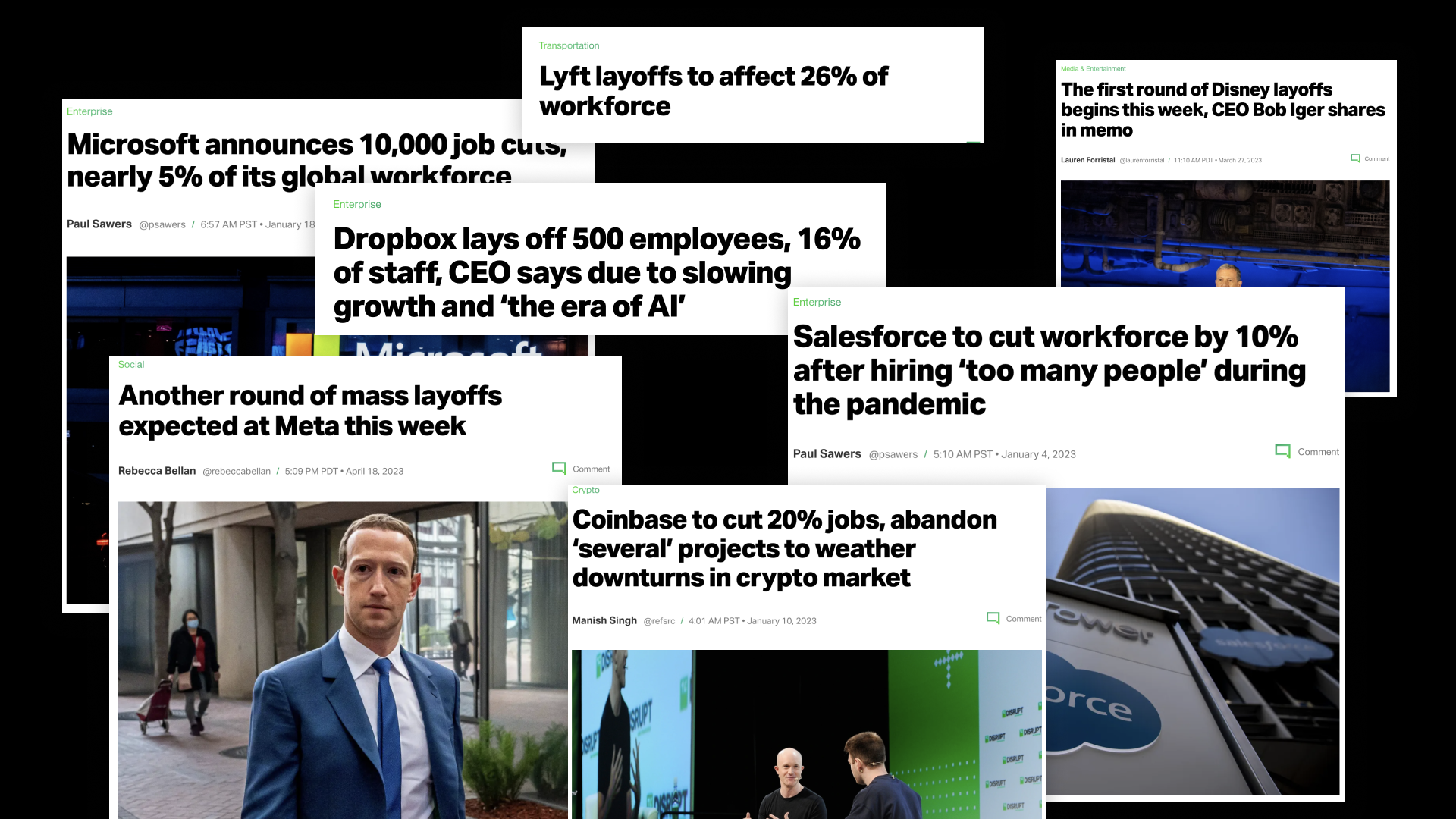
Right now we’re in a weird period of time. We all know someone that has been laid off, if not laid off ourselves.

We have this wave of Generative AI getting good enough to incorporate into our workflows— I’m sure many of you have used large-language-models like ChatGPT to write some React components for you…
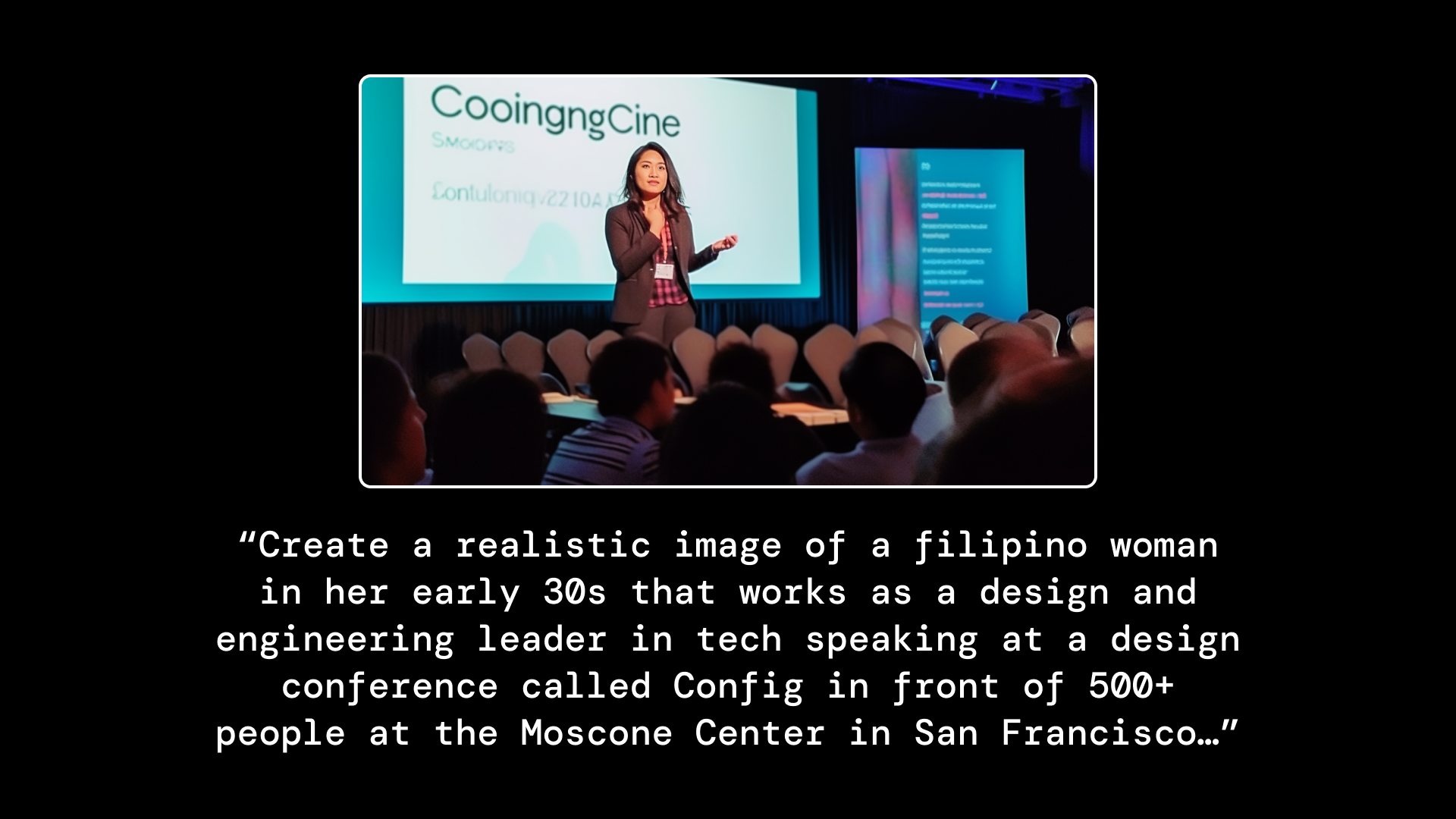
…or diffusion models like Midjourney to generate images or design assets. This is what Midjourney thought I would look like speaking here at Config. It’s not quite right. 🙂
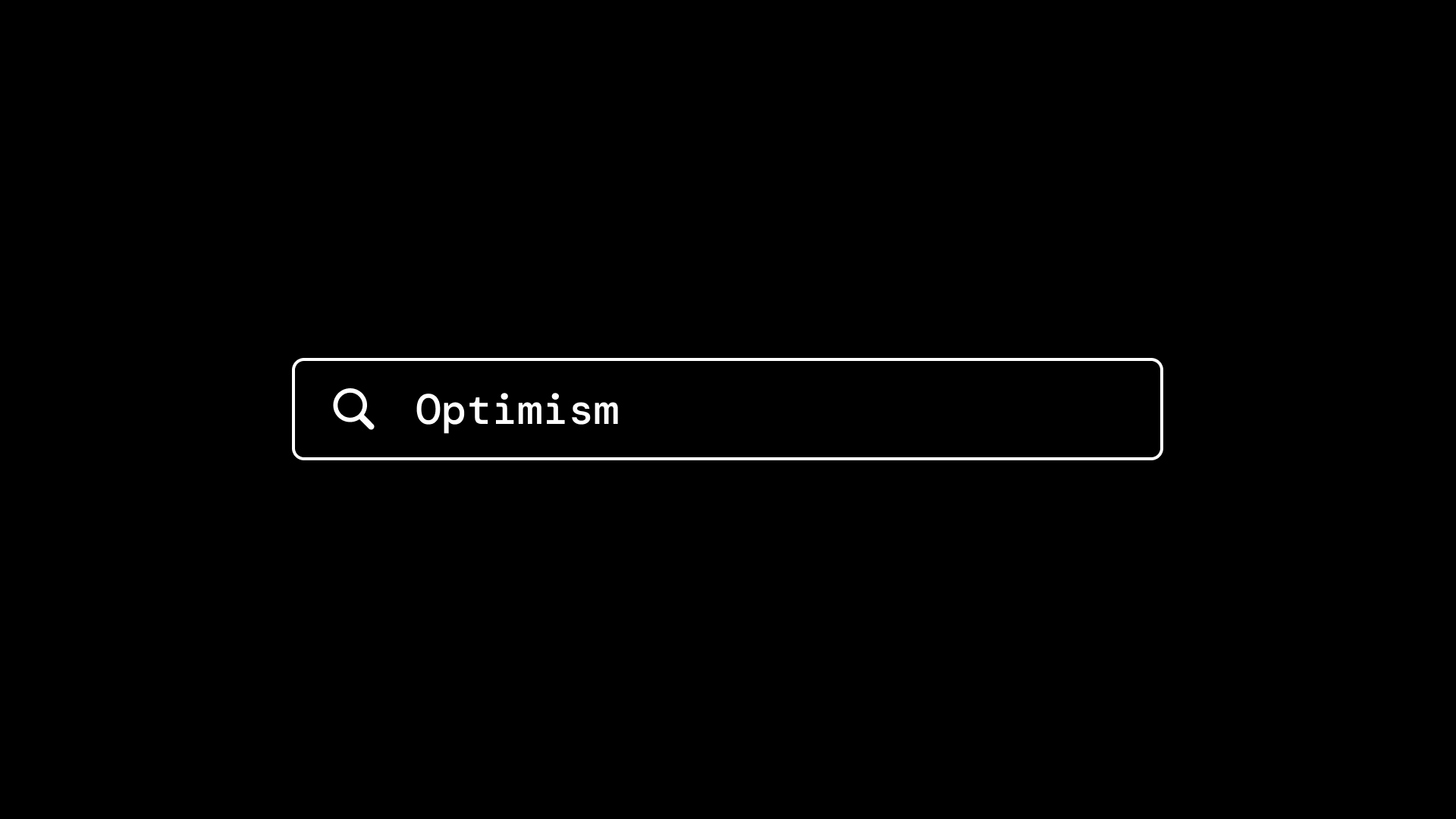
All at the same time, we’ve had an anxiety that has waxed and waned since the pandemic.
We’re a little tired, and we’re searching for optimism as designers and design systems practitioners in this moment in time.
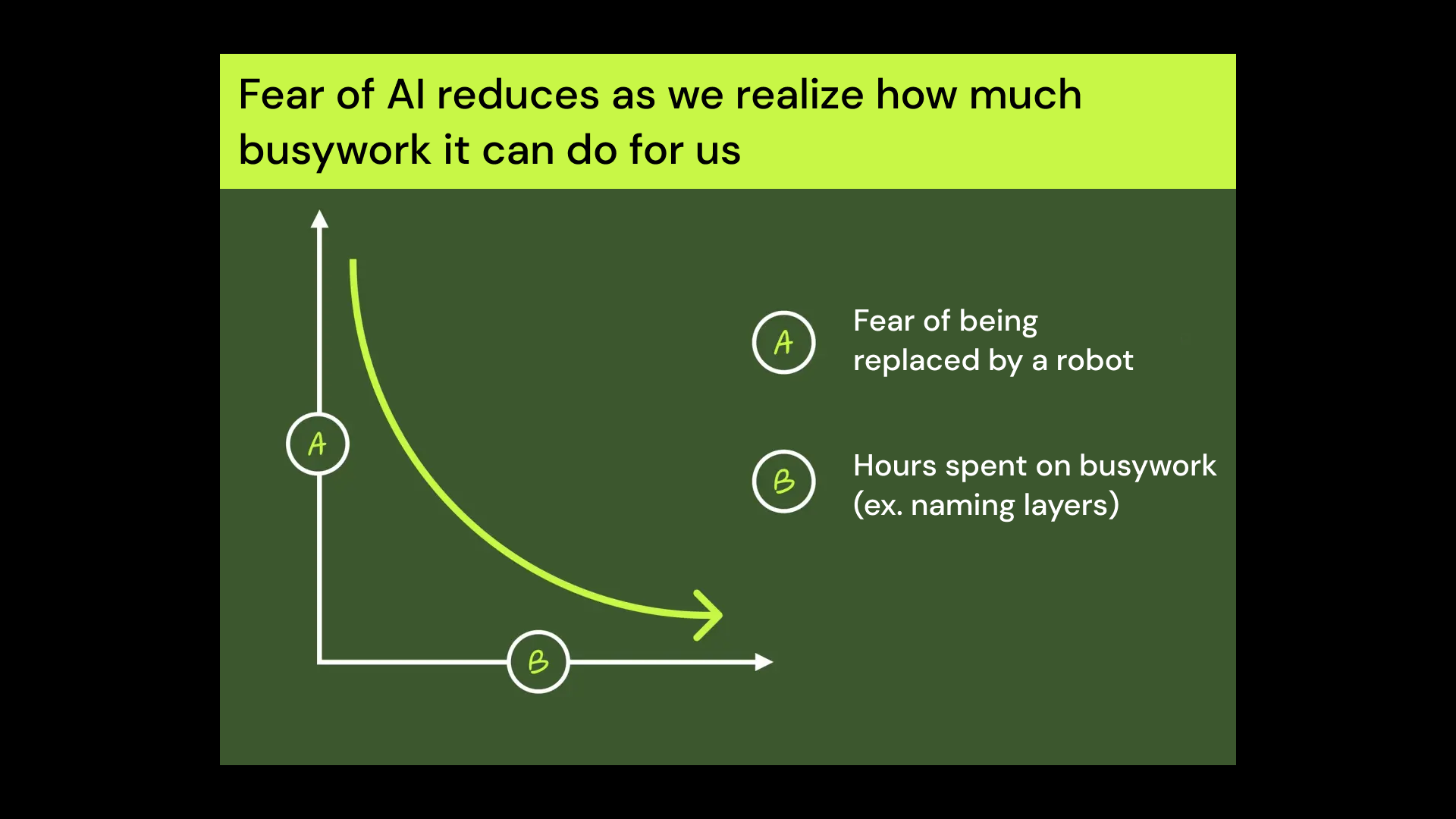
And, thankfully, there already is optimism out there—as I was putting together this talk, Figma shared this insight taken from the talk proposals for this year’s conference.
TLDR, the robots should be more worried about doing all of the work that we don’t want to do, that takes up too much of our time today—rather than us being worried about being replaced by them.
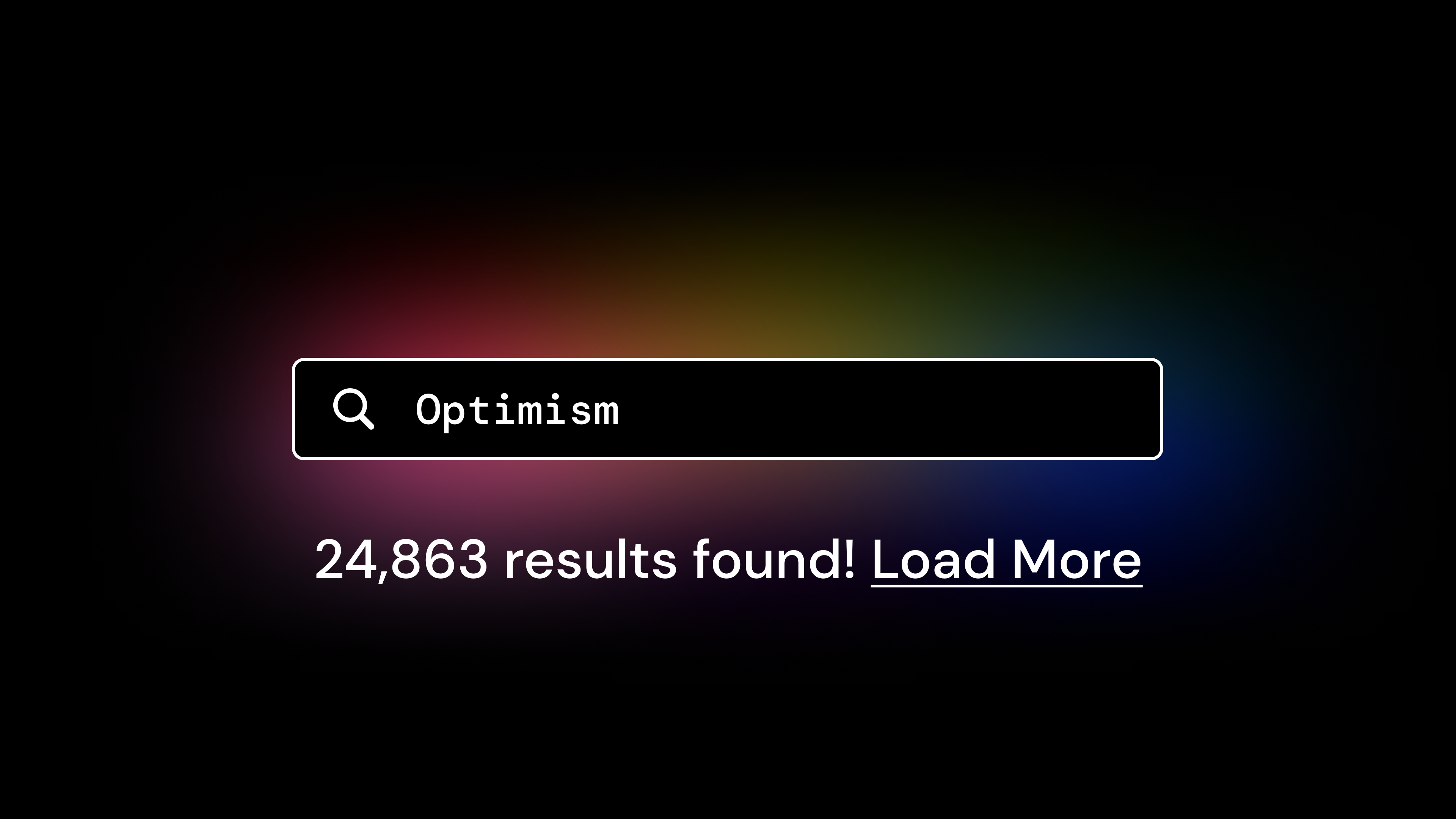
With understanding and the right framing, optimism for how AI can help us instead of harm us is already out there. And in this talk, I want to help provide even more of it.
But before we get to what I think can be the source of that optimism, I want to talk about a similar time and what we can learn from it.
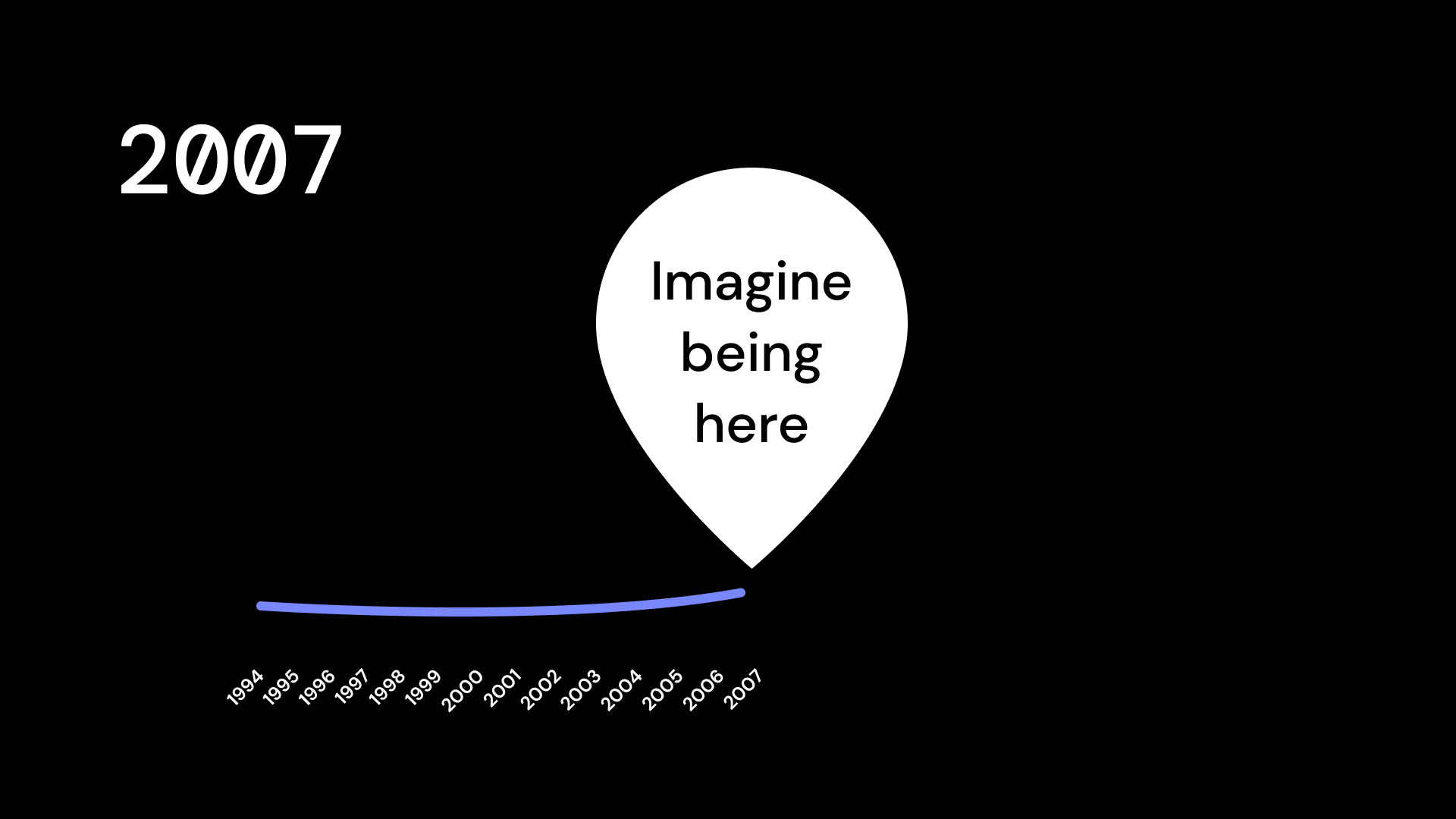
Now, imagine it’s 2007, and you’re here and you’re a designer or web developer.
You don’t know how much things are going to change as this… ☝🏼 points
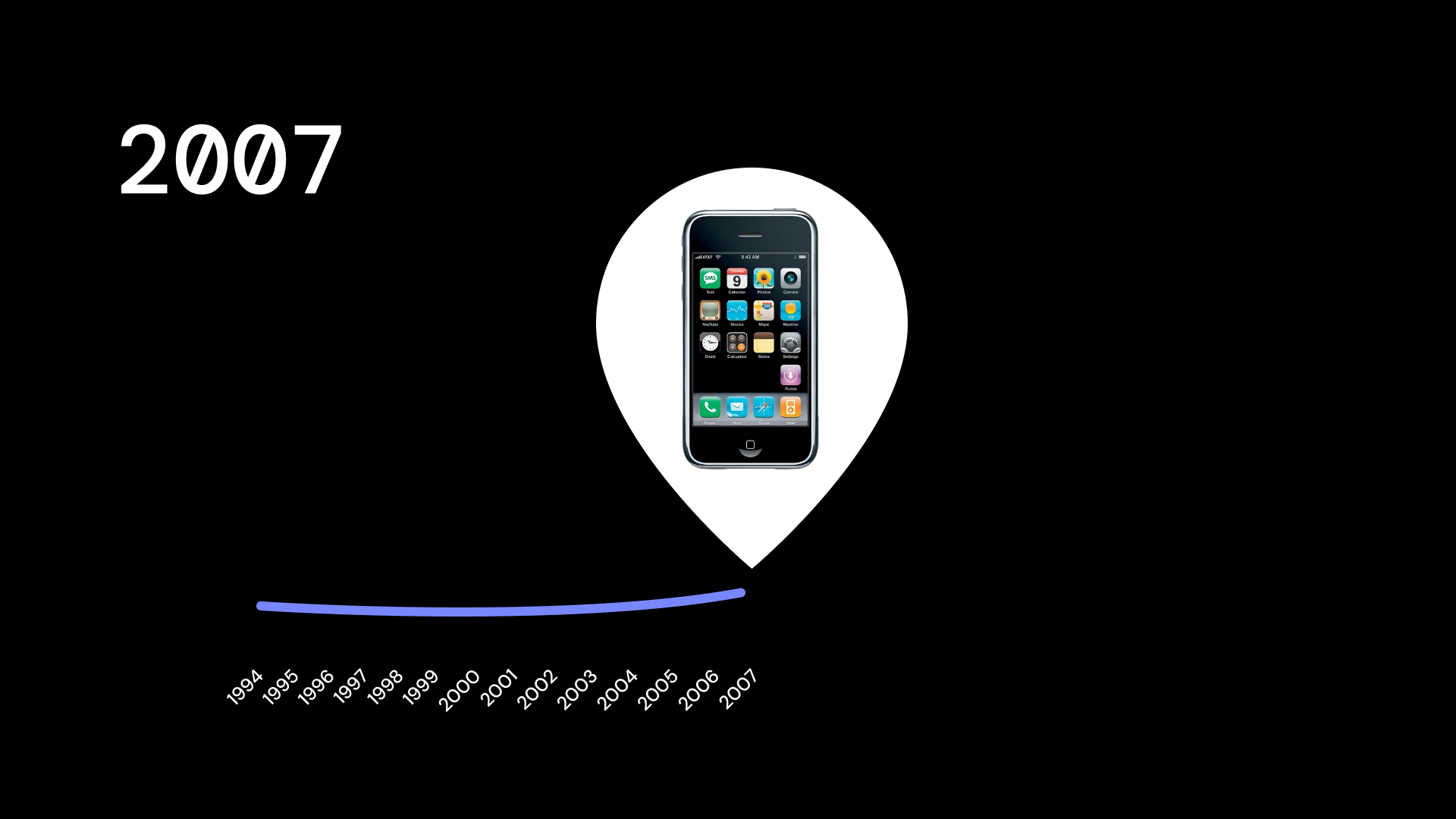
Comes along. The iPhone **changed a lot for software builders. We’ve all worked on things that have come because of what changed in that moment and what it made possible.
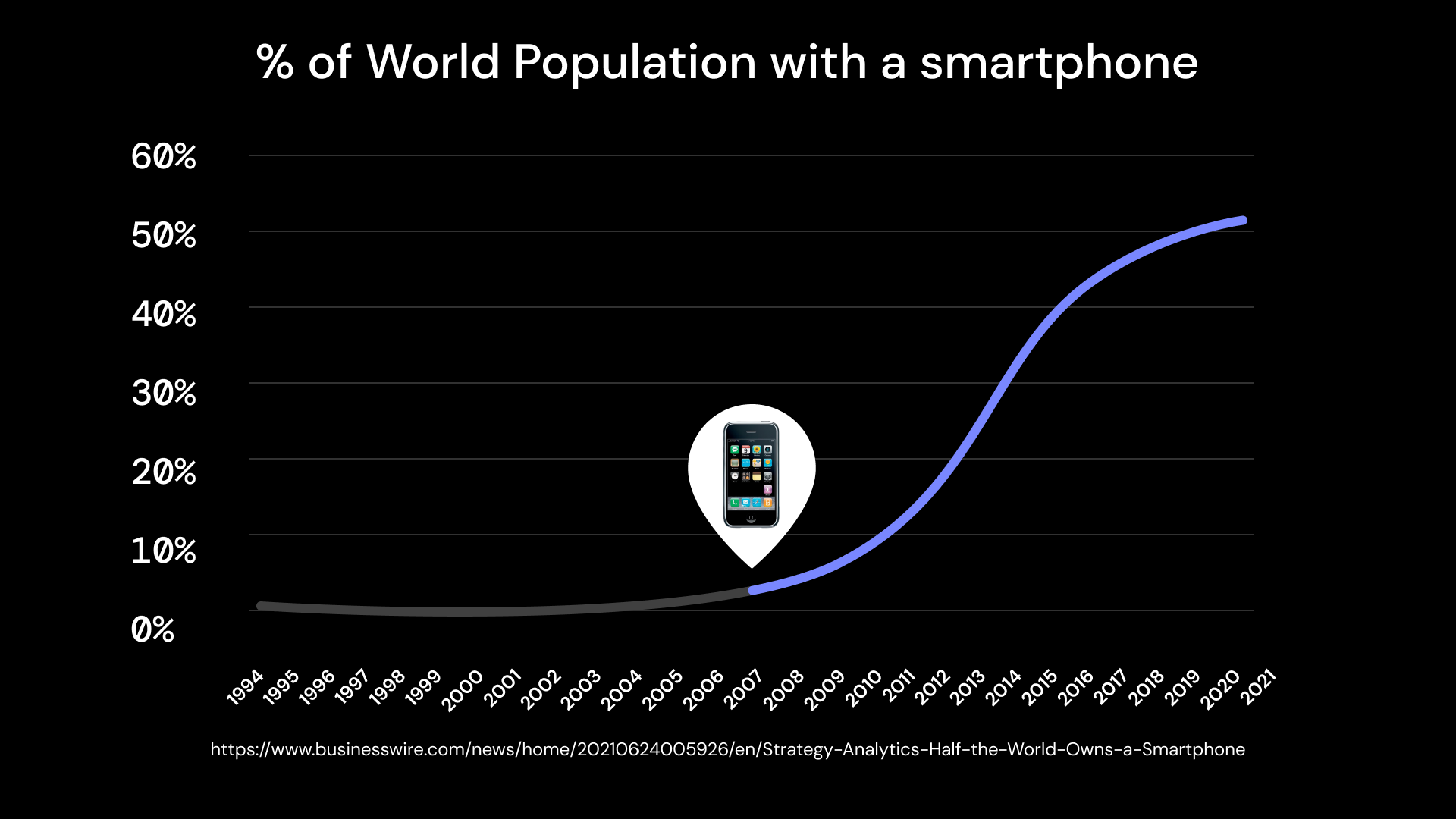
The whole world changed, and we all followed, because there was such a big opportunity to define how we could use this technology to create experiences for the billions of people we could now build for.
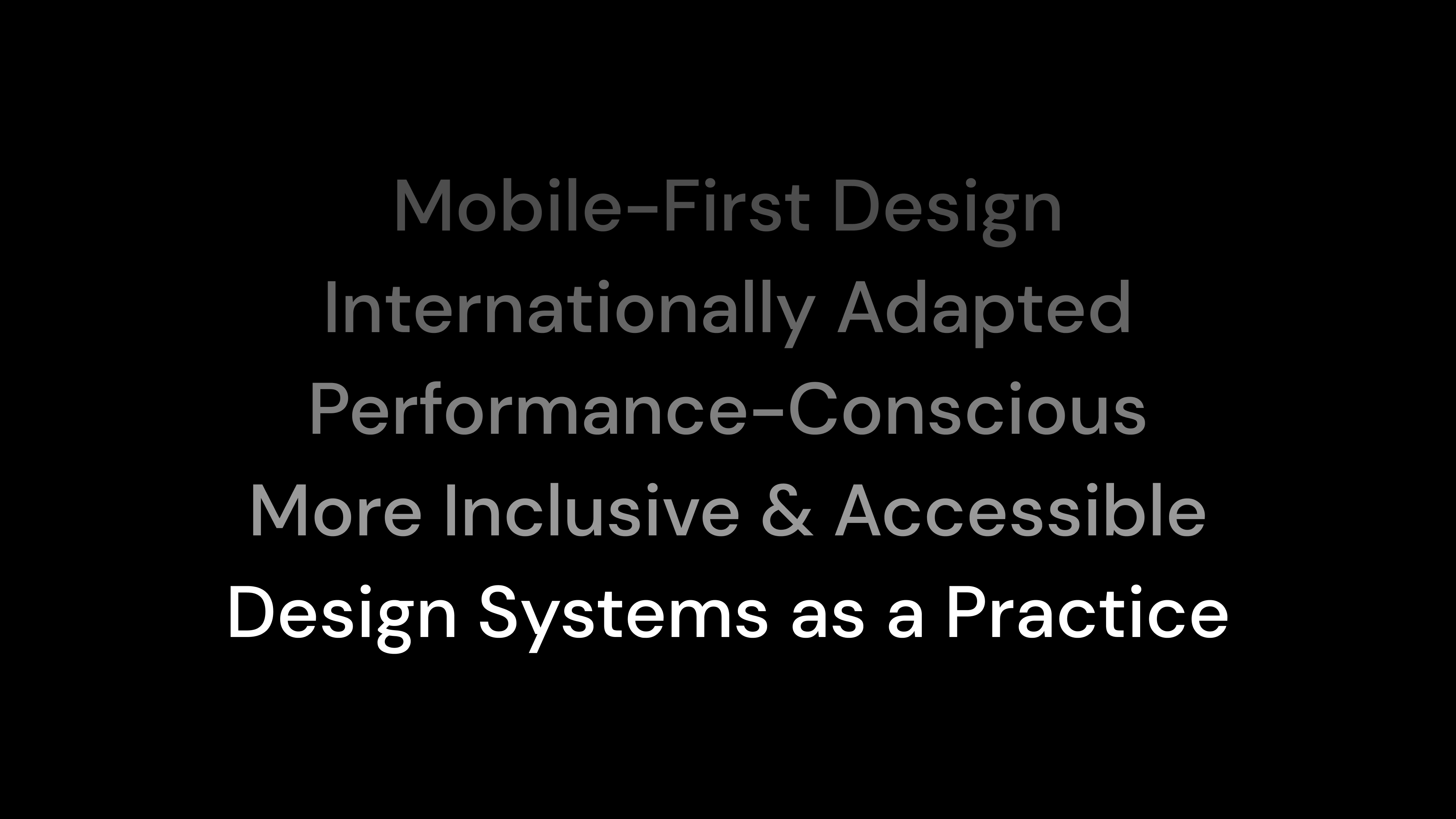
And importantly, many of you participated in shaping the practices of design that came because of this change and others over the last decade—including the field of design systems itself.
And all of these practices had champions and leaders that helped make them as prominent in how we think as they are today.
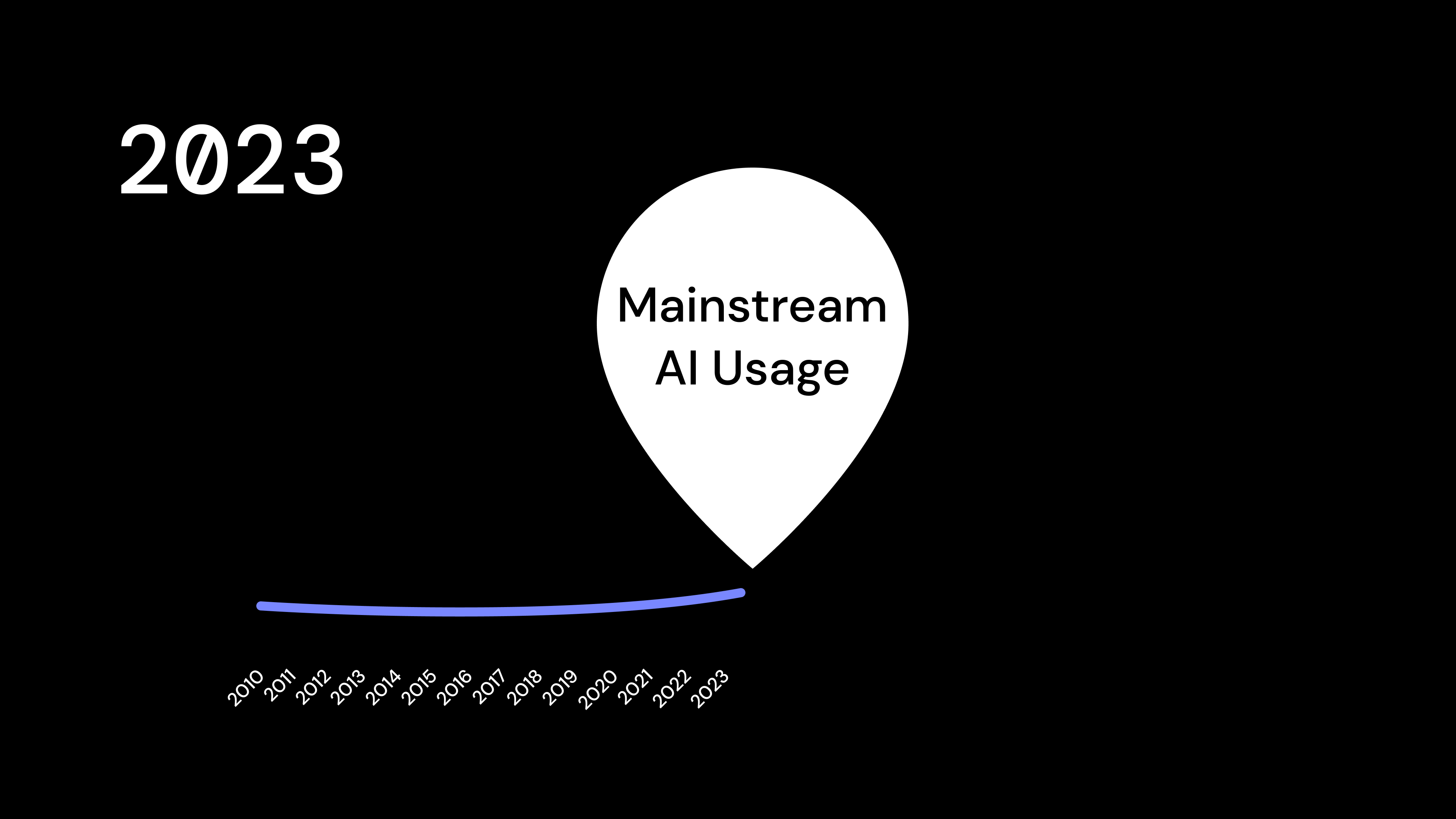
Now is a similar time of change. My belief is that the technology we have in its early stages—Generative AI—is here to stay. Even though how it gets used, how it gets regulated, and the impact it’ll have—that all remains to be seen over the next few years.
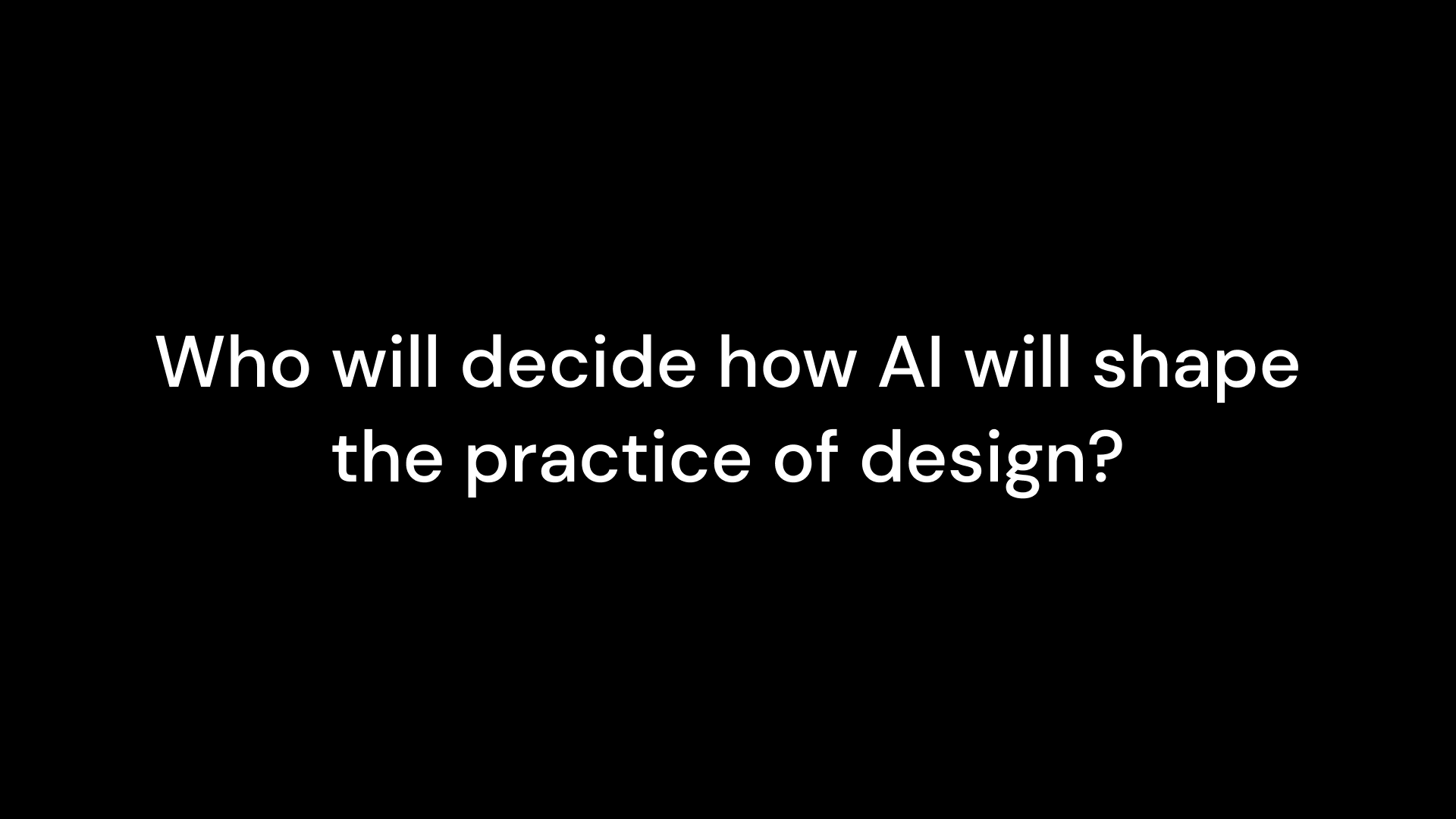
But importantly for this audience, we have a part in shaping that future for the people we build for. And for me, there’s a version of the future that I care to see.
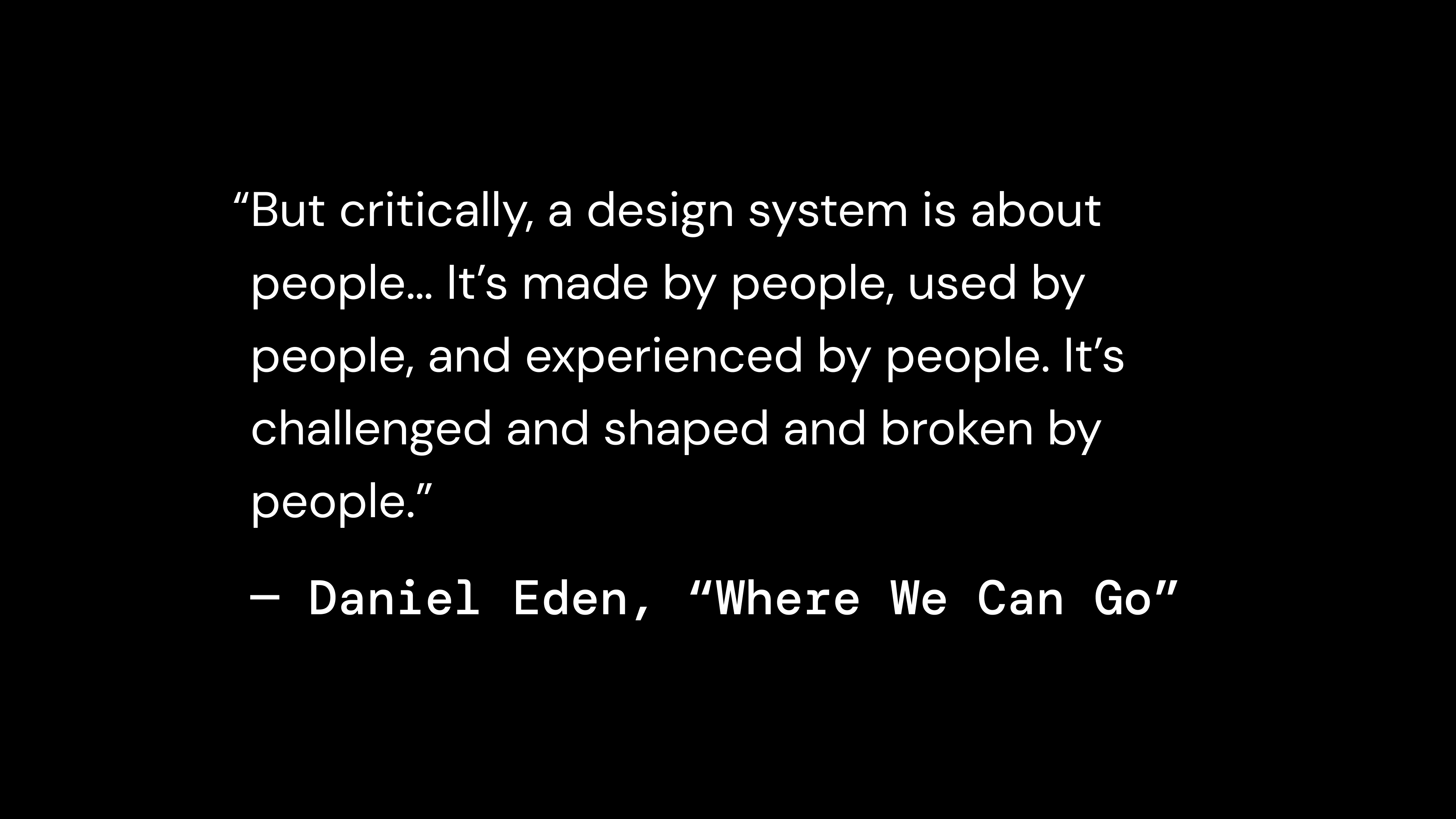
A few years ago, Daniel Eden, a designer at Meta, gave a talk at Clarity Conference titled “Where We Can Go”.
He said: “But critically, a design system is about people… It’s made by people, used by people, and experienced by people. It’s challenged and shaped and broken by people.”
In short—design systems work is people-centered at it’s core and everything we build is for people.
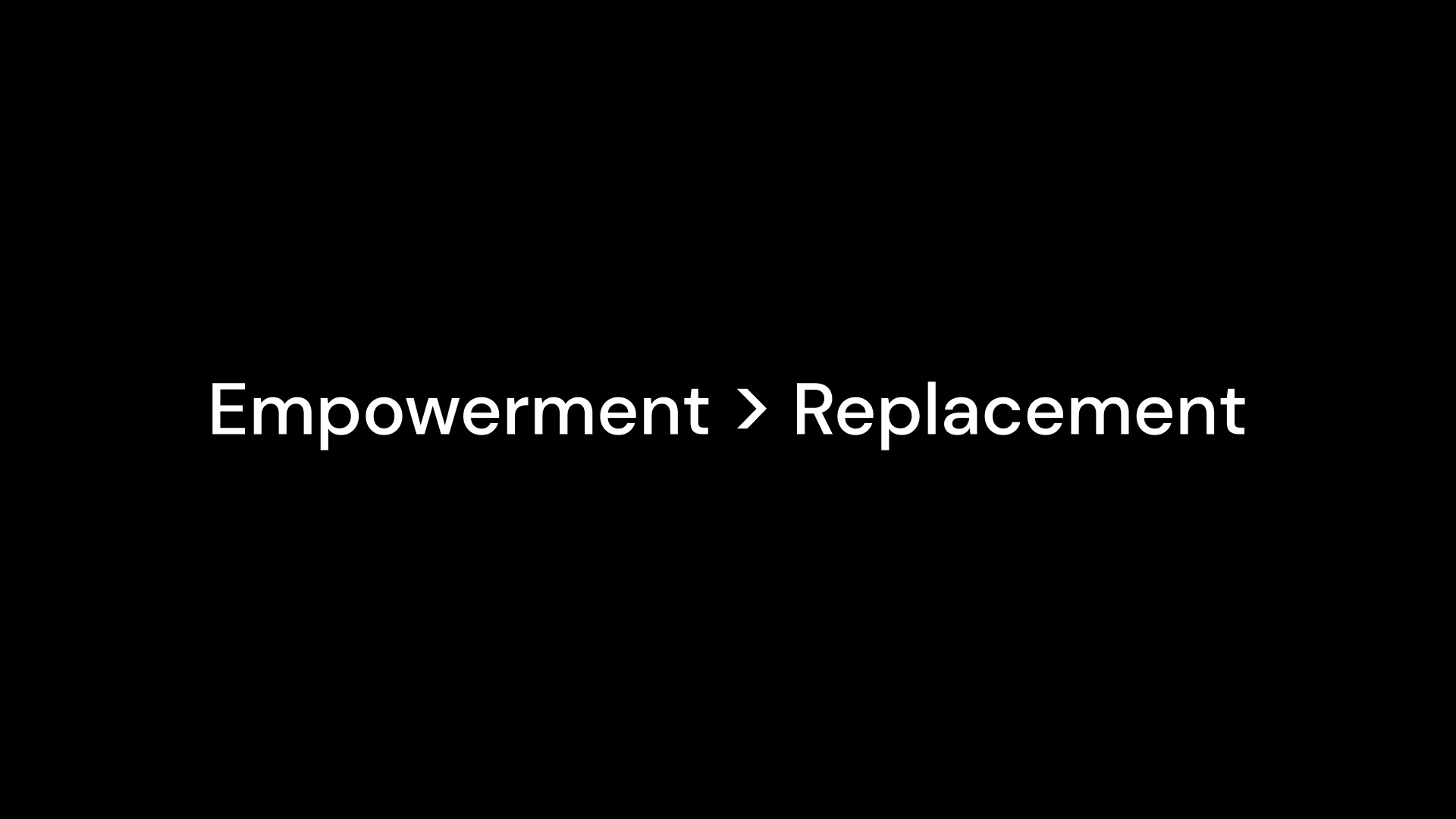
It’s a point I want to emphasize as we move forward into this AI-powered future: how do we build systems and tools that focus on empowering people and the orgs they live in, rather than just replacing their work?
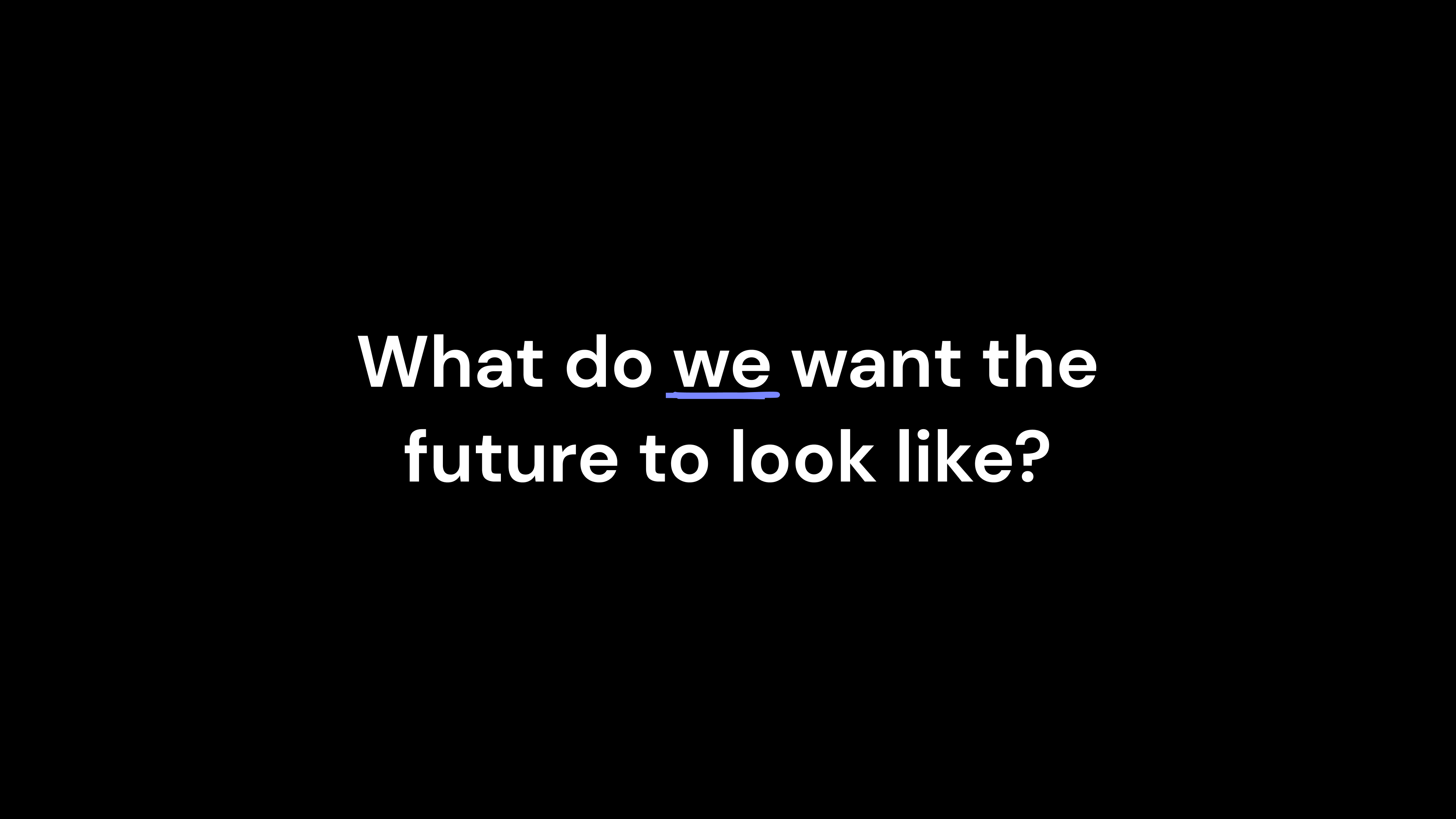
And with that, it begs the question:
What do we want the future to look like for the people we build for?
Because at the end of the day, no matter how many layers of abstraction and AI, all of what we build is for the people on the other side—the fellow makers that we support with systems. I’d rather figure out how to get to this future, rather than one that doesn’t center people in why we build.
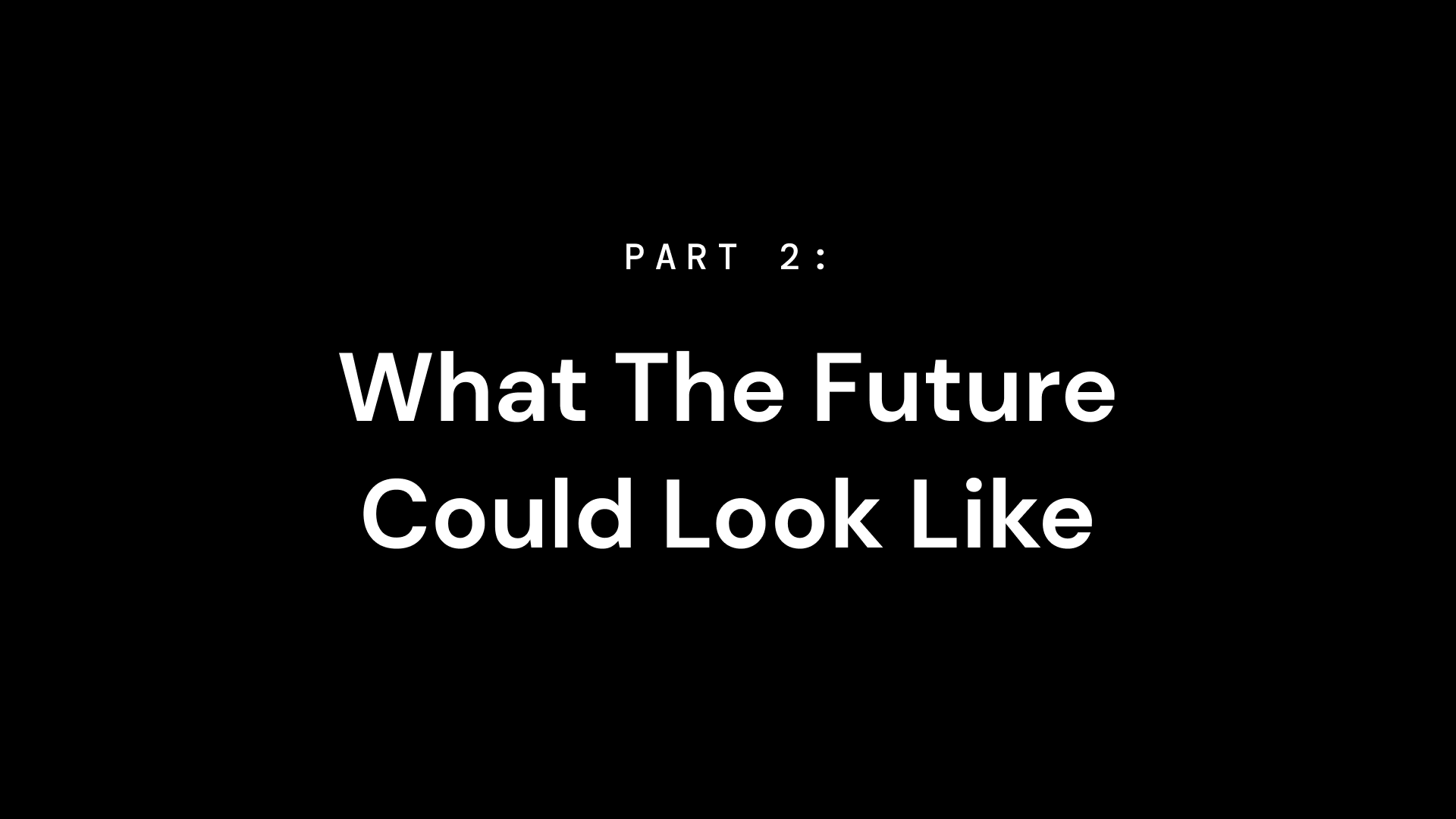
For the last couple of months, I’ve been learning a lot from others—folks who are building startups, side-projects, and applying their learnings on how AI can be leveraged in design.
And based on all that, I want to talk about a few predictions focused around this core question:
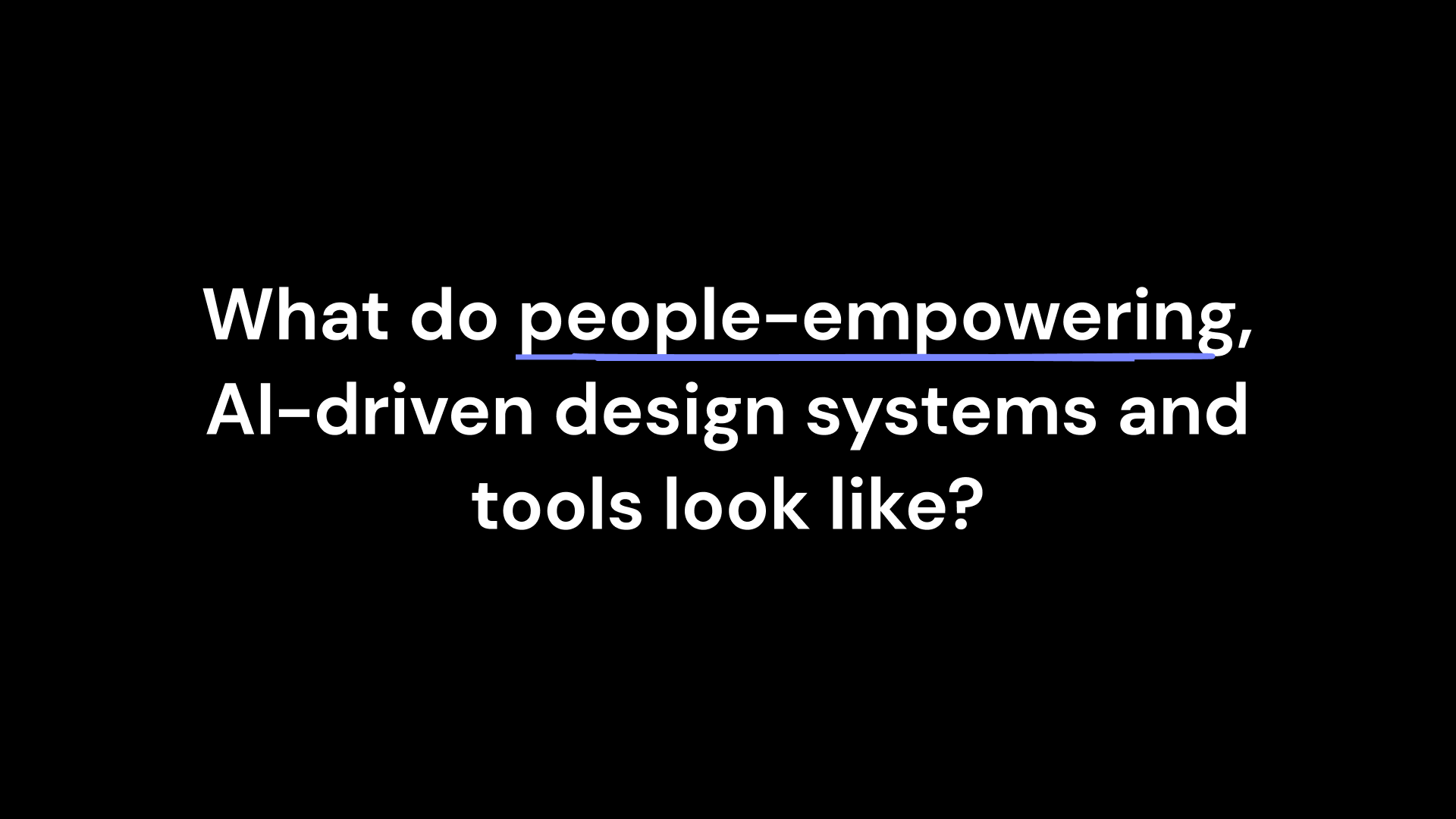
“What do people empowering, AI-driven design systems and tools look like?”
There’s three core themes in answering this that I want to focus on:
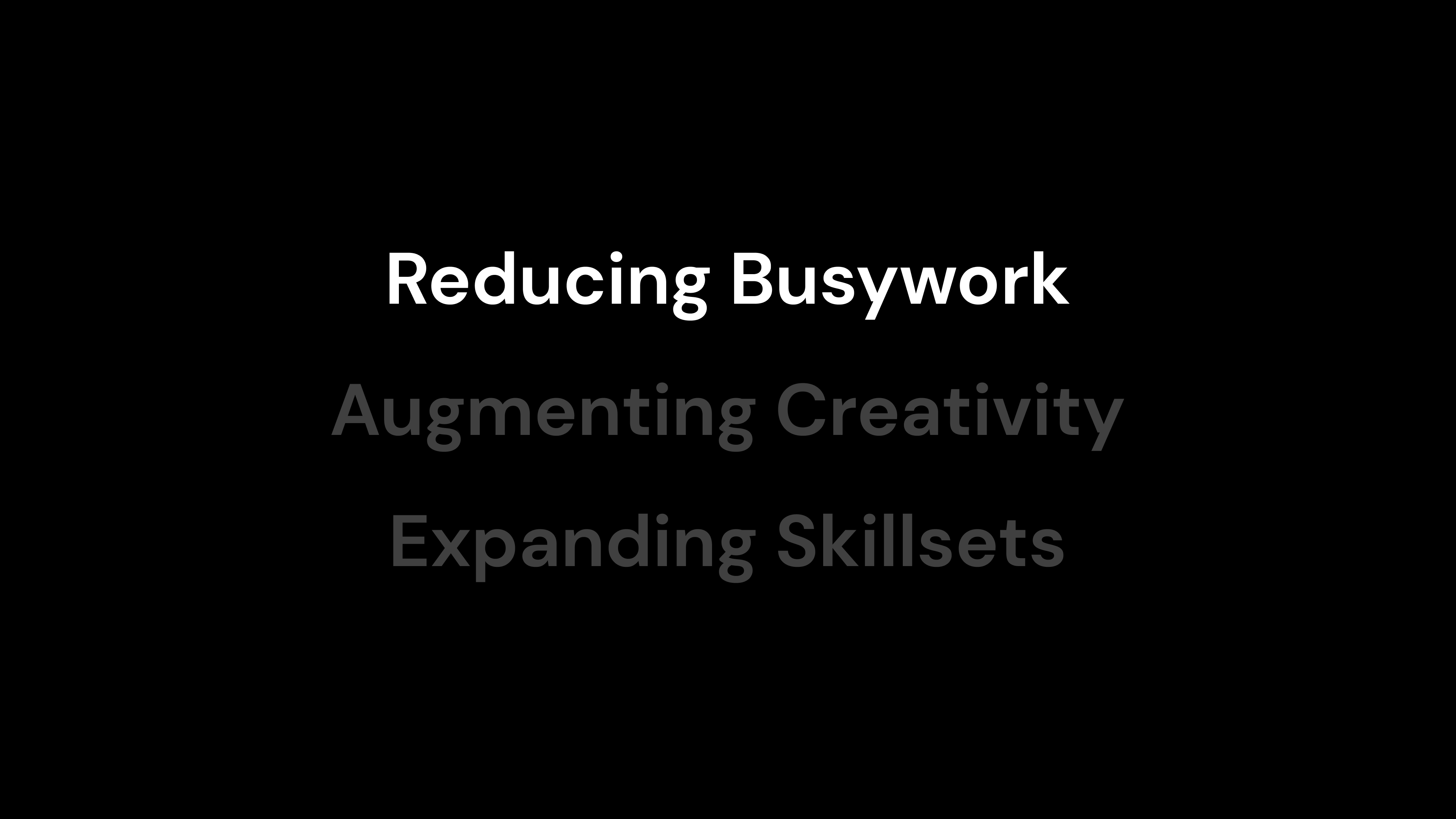
First, we can reduce the busywork we have to do in favor of the meaningful, challenging, and creatively-stimulating work that we want to do.
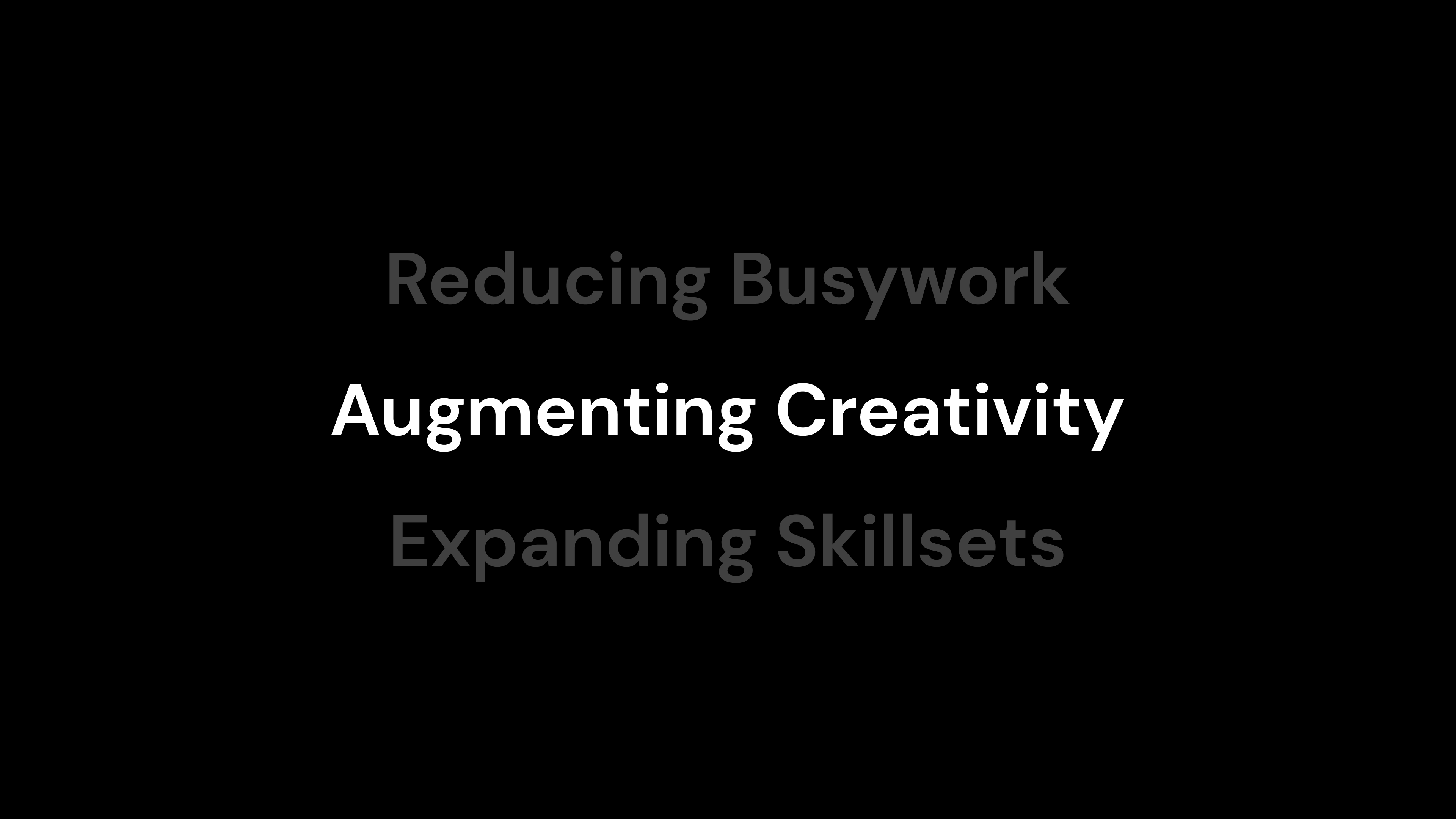
Second, we can build tools that help augment our creativity and insight—making it easier to navigate the difficulty of the decision making designers face today.
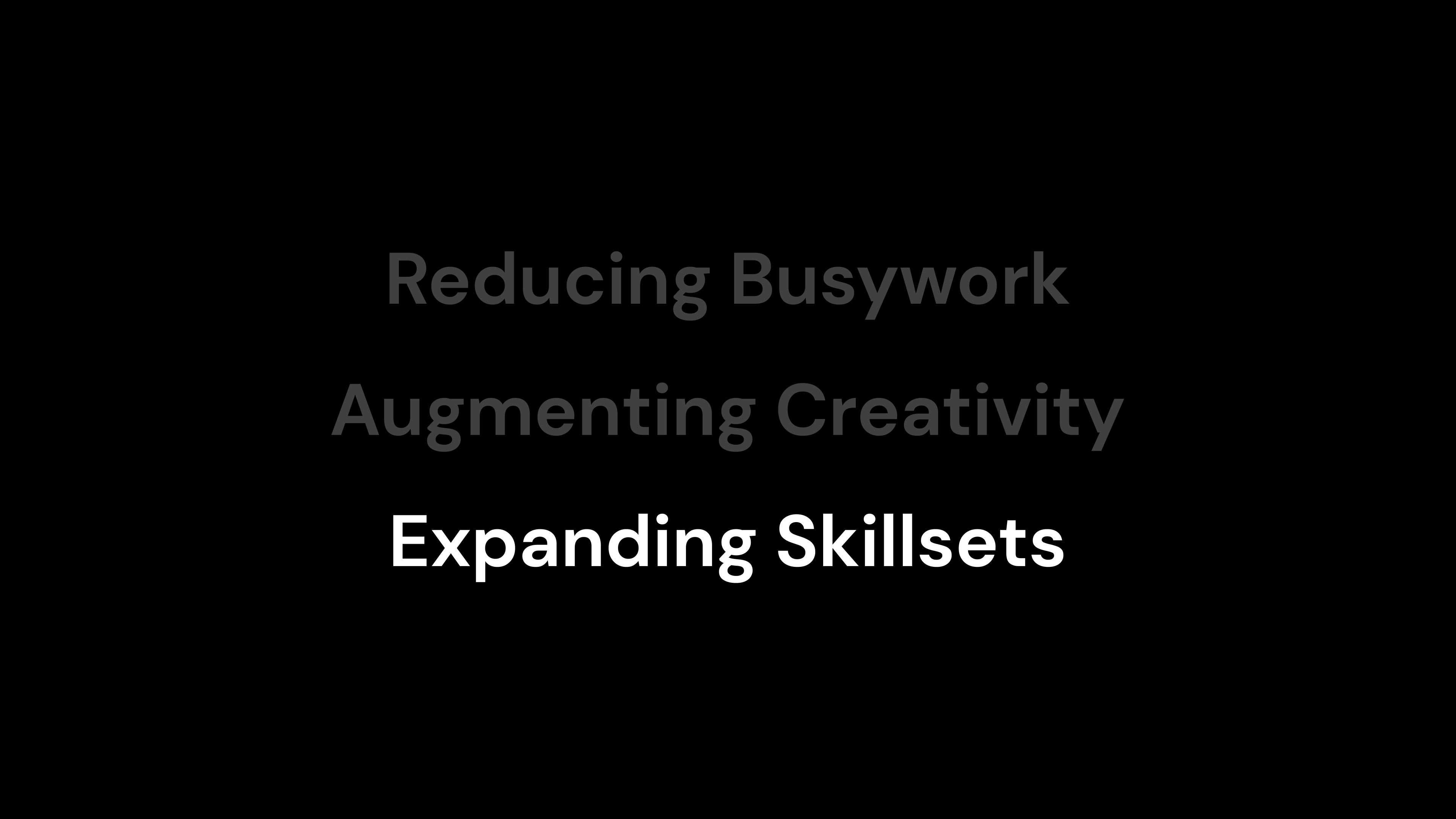
Third, we can leverage AI to expand our skillsets and help us bridge the gap between our taste, intentions, and our ability to execute on them.
Let’s dive into each and show what I mean.
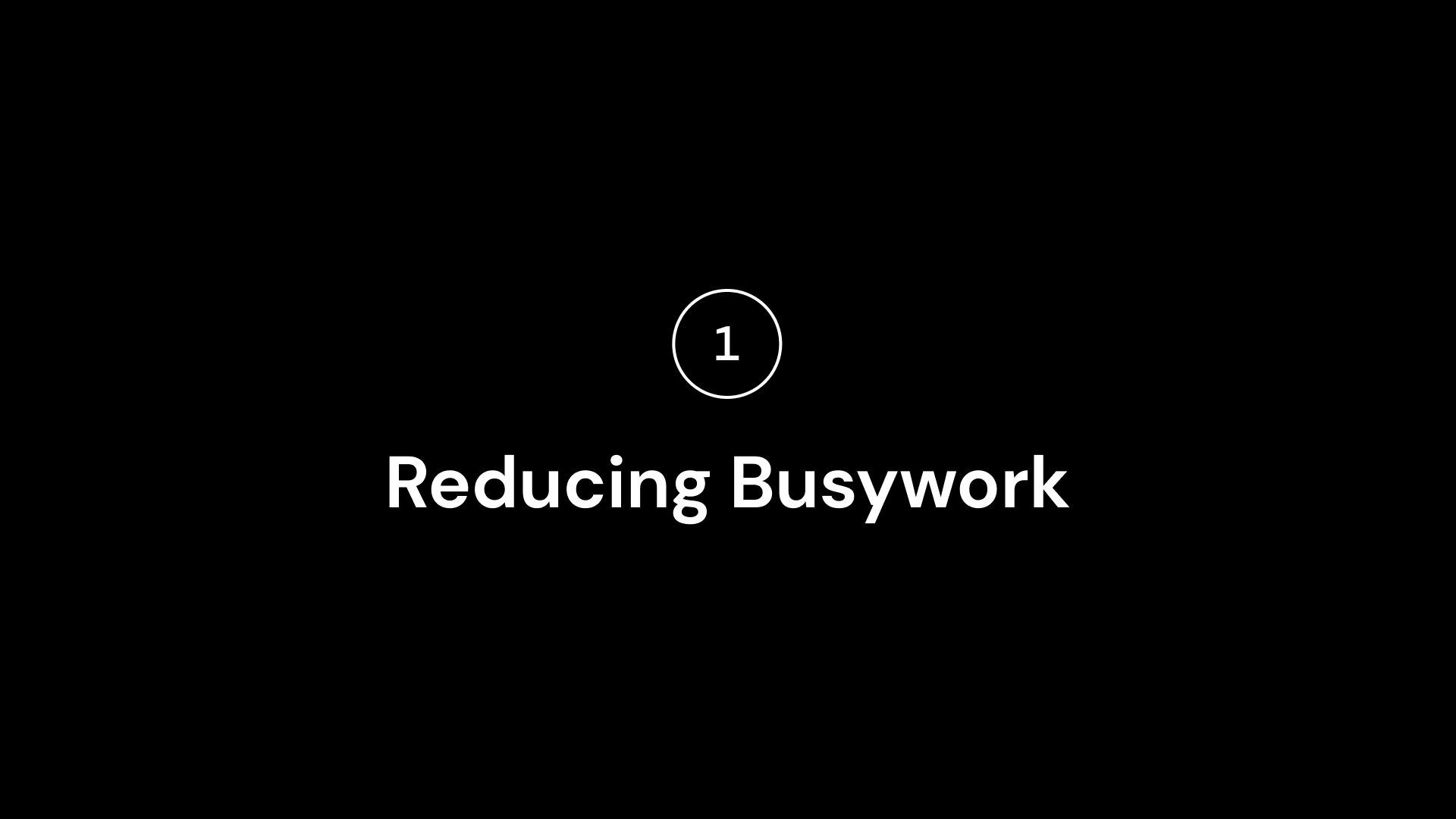
For us, I want to focus on how we empower design-systems practitioners to do less of the work that is tedious, non-differentiated, and that isn’t that interesting or valuable to do—so we can focus on the more important, high-leverage work that matters to the designers and engineers we serve.
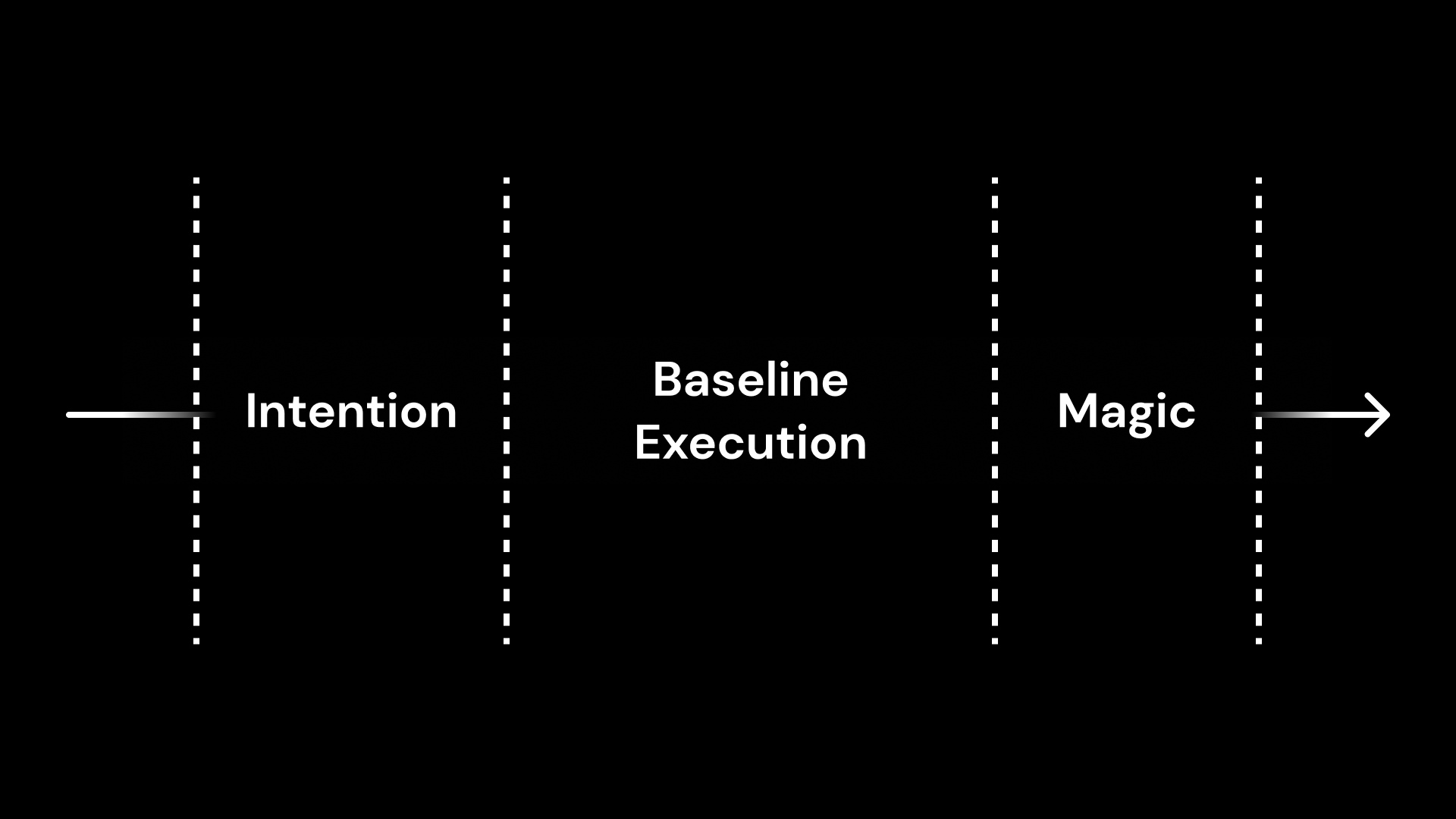
I have a simplified model of the process of building a product to help illustrate my point—
Over the course of building something, you come into it with an intention, usually wanting to solve a problem.
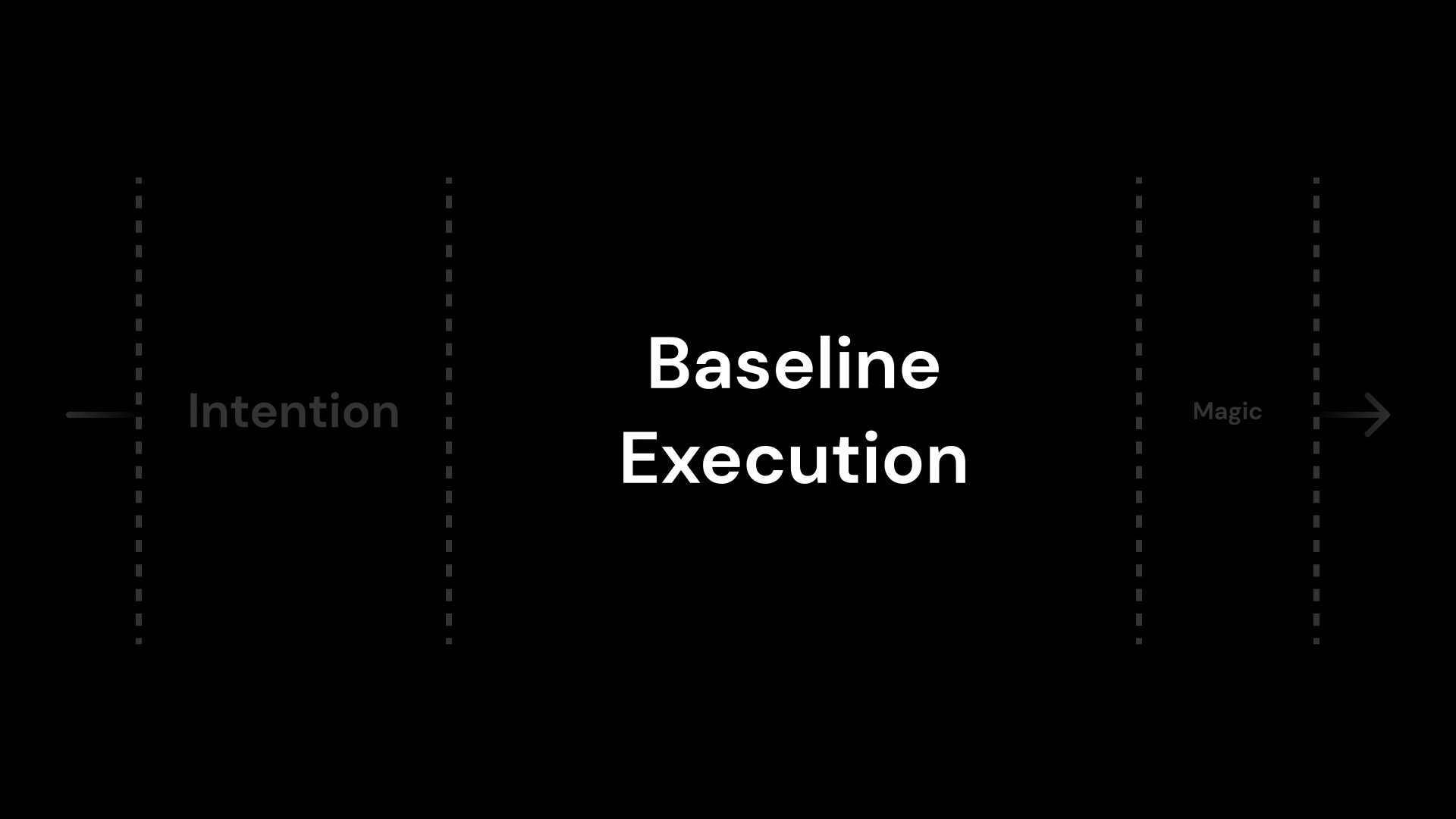
You go through all the work of actually making it happen—the baseline execution. This is where all the busywork is, but also where some meaningful decisions happen—and you get that first 80% done.
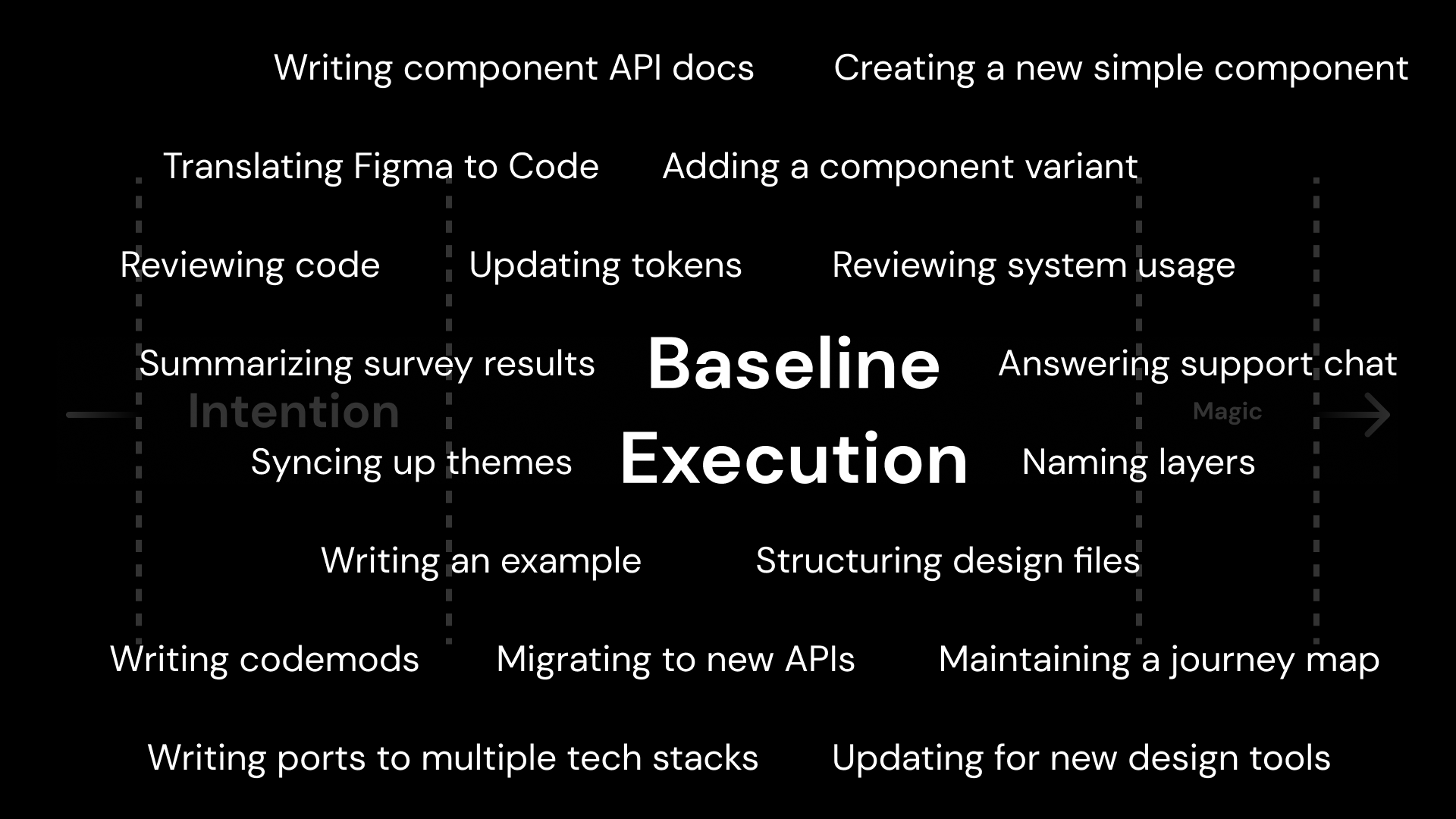
For systems builders, busywork is a lot of this stuff—managing tokens, keeping themes in sync, maintaining the system and doing migrations, reviewing usage, answering support chat, etc. These are all things that today are tedious, manual, and don’t necessarily focus on the higher-level problems that we want to solve.
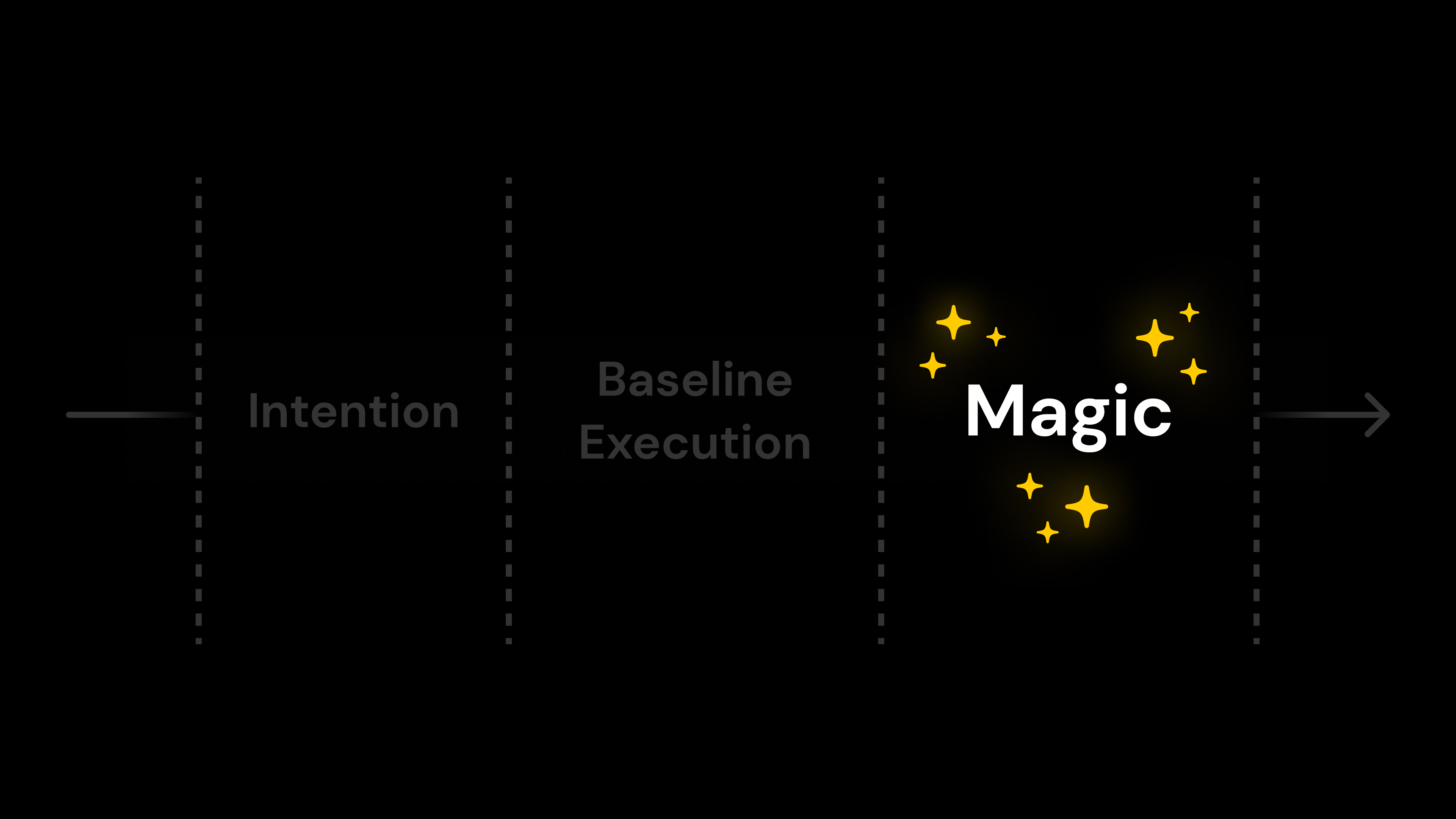
And then, if you have time and the space to do it, you do the work that differentiates what you’re building. It’s that extra 10%, in-between all the other work, that makes what you’re doing shine, and gives it some magic.
What if could make more space for that, by taking away some of the busywork in our execution?
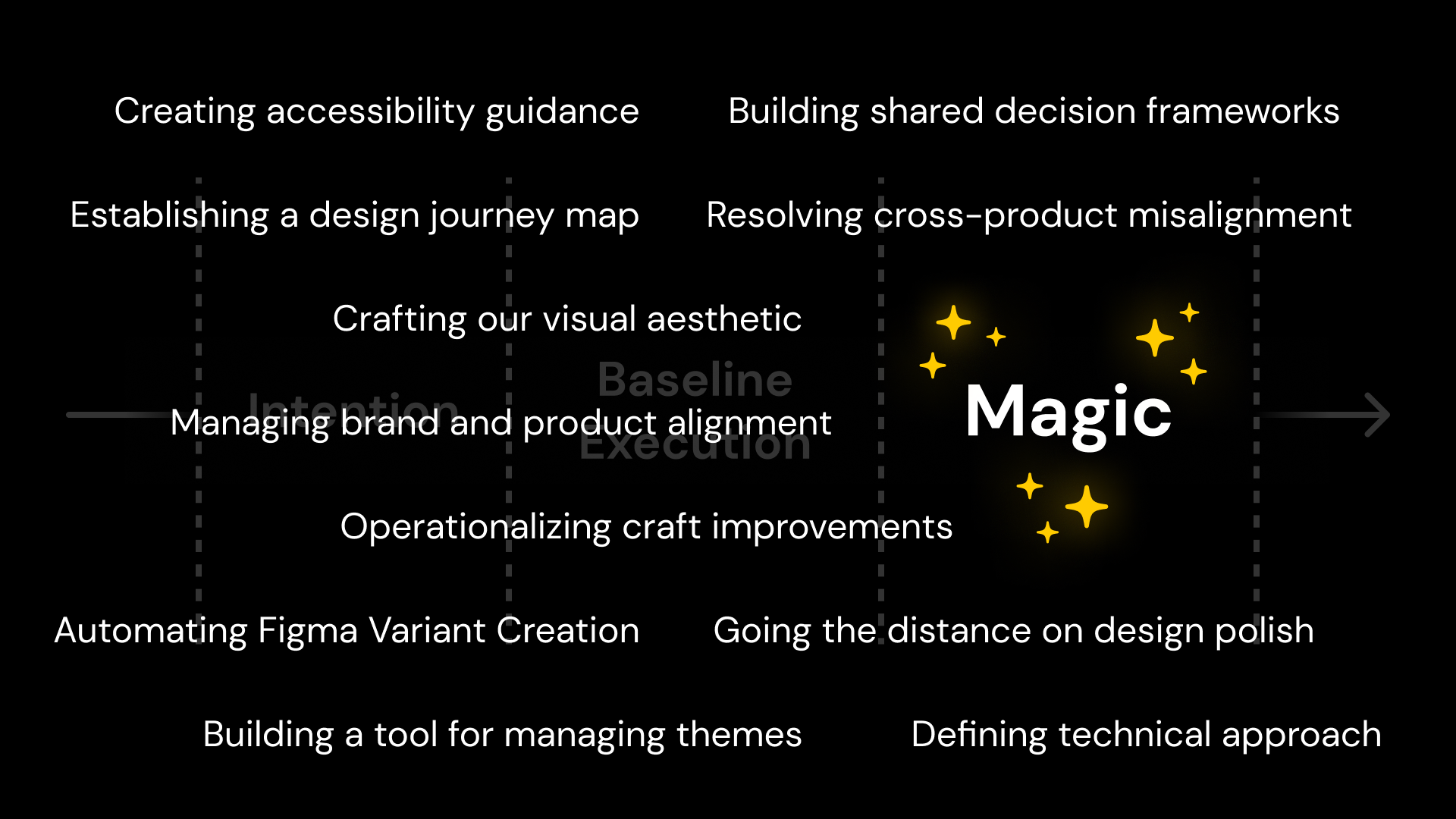
The magic comes from going the extra distance to provide polish on the details that make your designers truly trust your system; on taking system-wide strides on important areas like accessibility; and on creating the frameworks for how decisions across the system should be made.
In many ways, it’s these higher-level challenges that primarily focus on wrangling people and managing scale that are key to making your systems work valuable.
So what does this look like in practice?
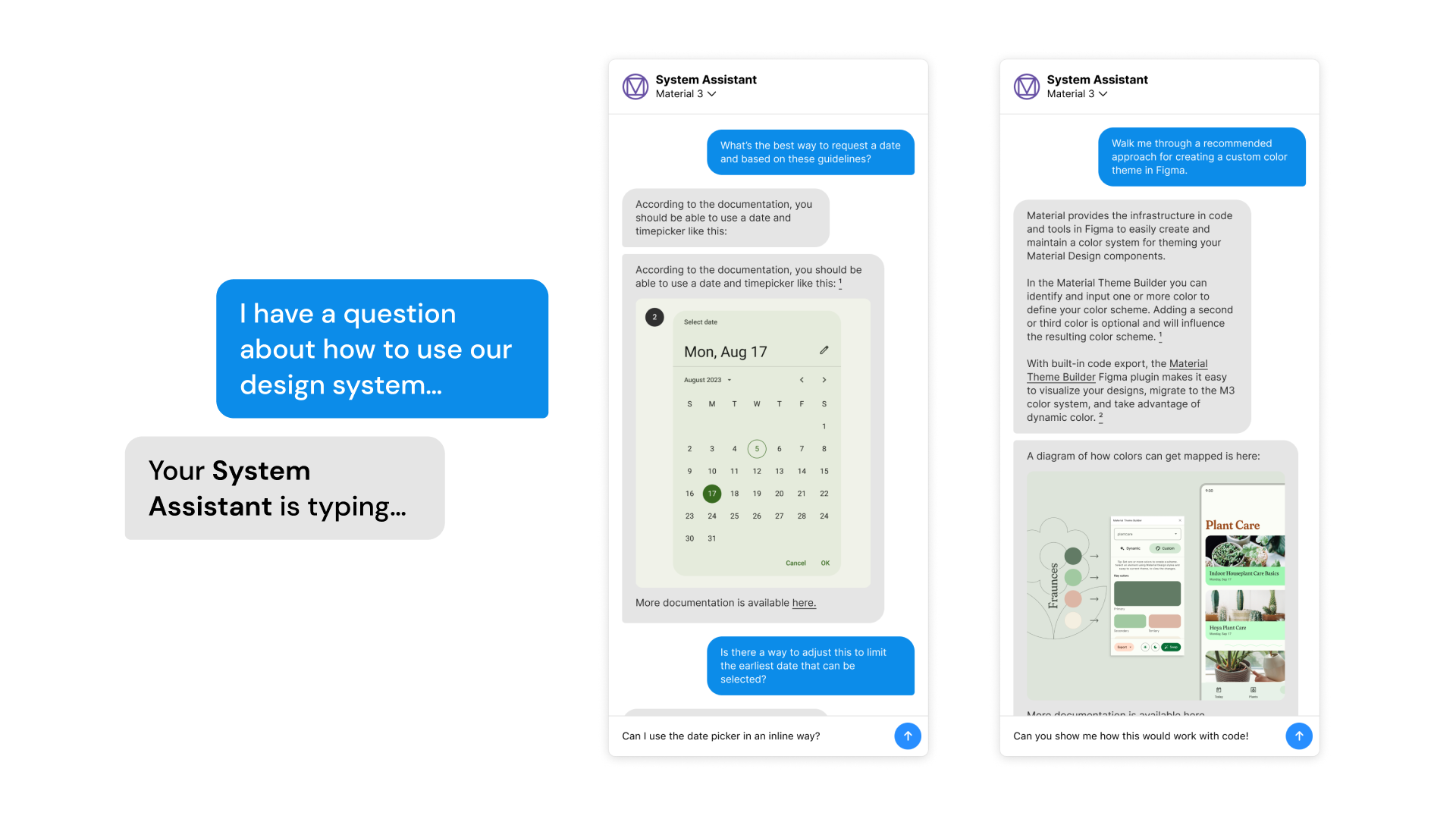
For Design Systems practitioners, let’s take managing support and answering questions about the design system as an example.
With an AI tool trained with your docs, you can have your designers or engineers prompt it with questions—large-language models can take highly structured and dense docs and make them more accessible in bite-sized chunks—ones that are reframed and remixed in a more natural way.
This can feel like just a more advanced search interface, but with enough information and the right training, it can replicate a lot of what a design system maintainer would’ve said themselves in office hours or a support chat. All work that I know maintainers often find themselves overwhelmed with today.
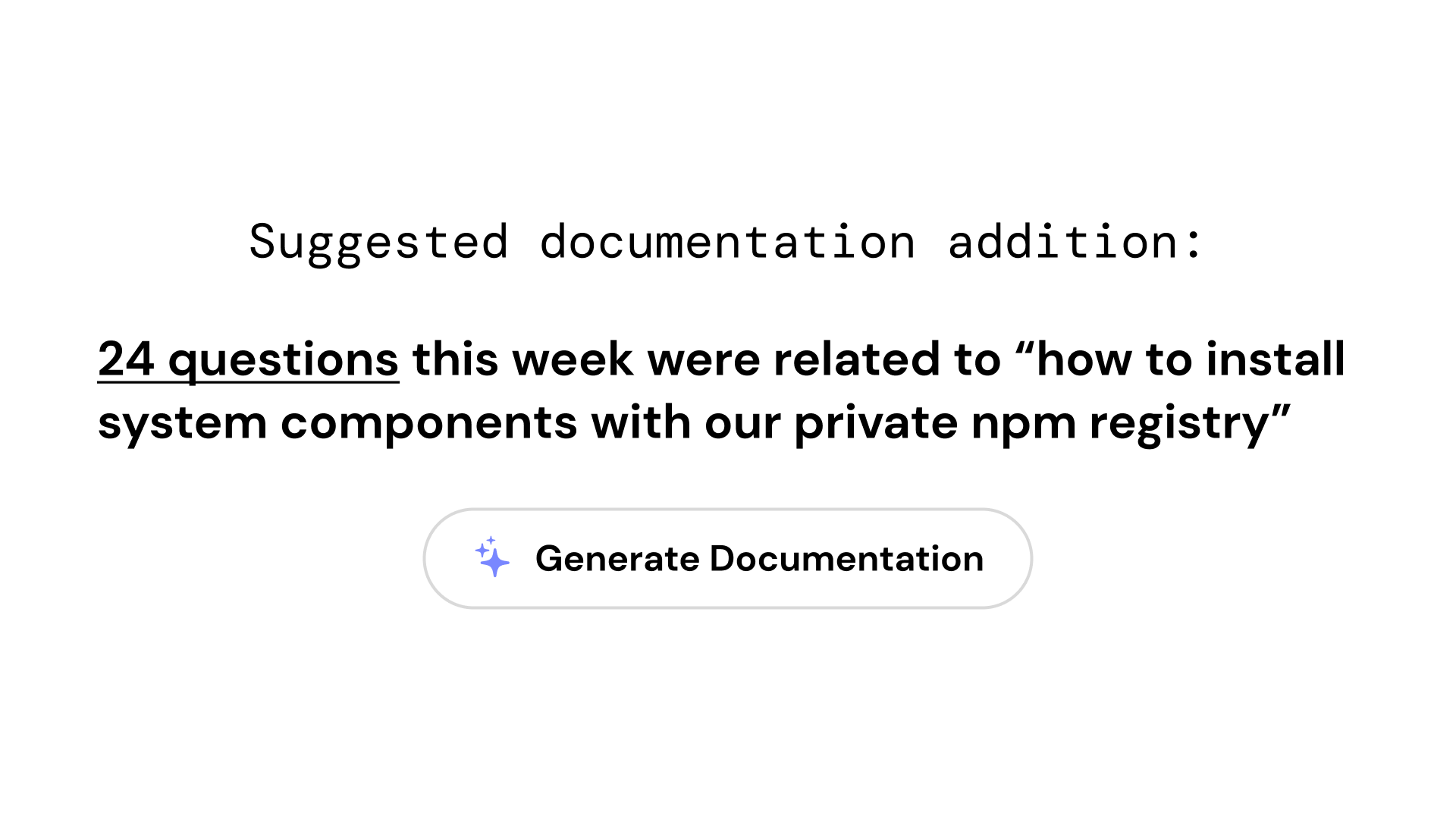
And this tool can also help us not just respond with our existing documentation, but can help us surface what should be added, and then assist us in adding it. We can close the loop on these gaps in our documentation faster and more seamlessly. Faster iteration cycles that cut out the busywork within answering support, collecting learnings, and suggesting improvements to documentation.
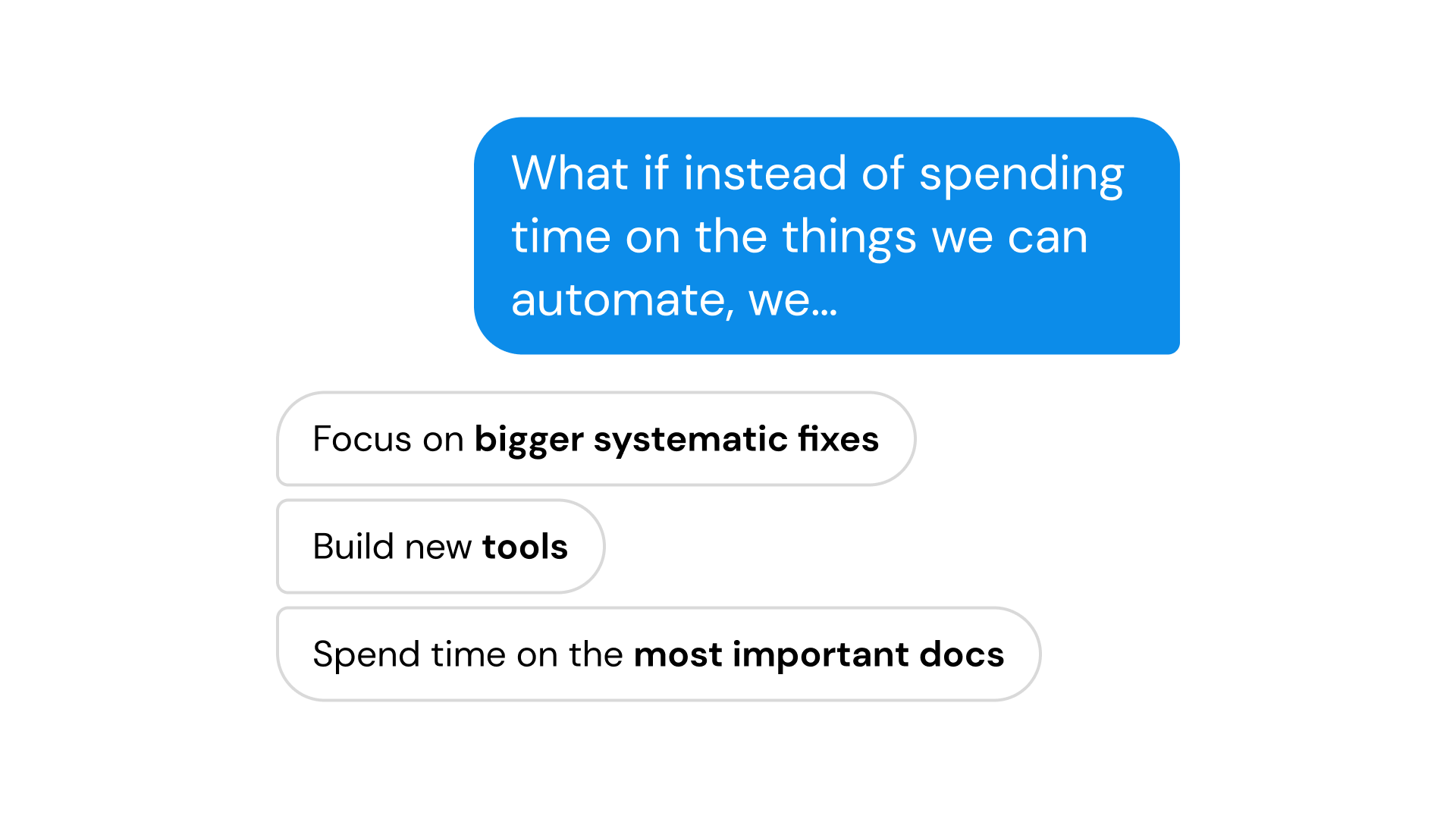
And with that time now freed up from reiterating existing docs or taking time to figure out what docs need to be added, we can ask ourselves—how do we use that time wisely?
Can we do a deeper improvement to the system to reduce the questions we get about a certain piece of it? Can we build tools that help us train our AI to provide more relevant insight? Can we write better documentation focused on the more important decisions that people make with our system?
These are the things we can focus on when more of the work that can be automated away, is automated. More opportunity for magic, and less busywork.
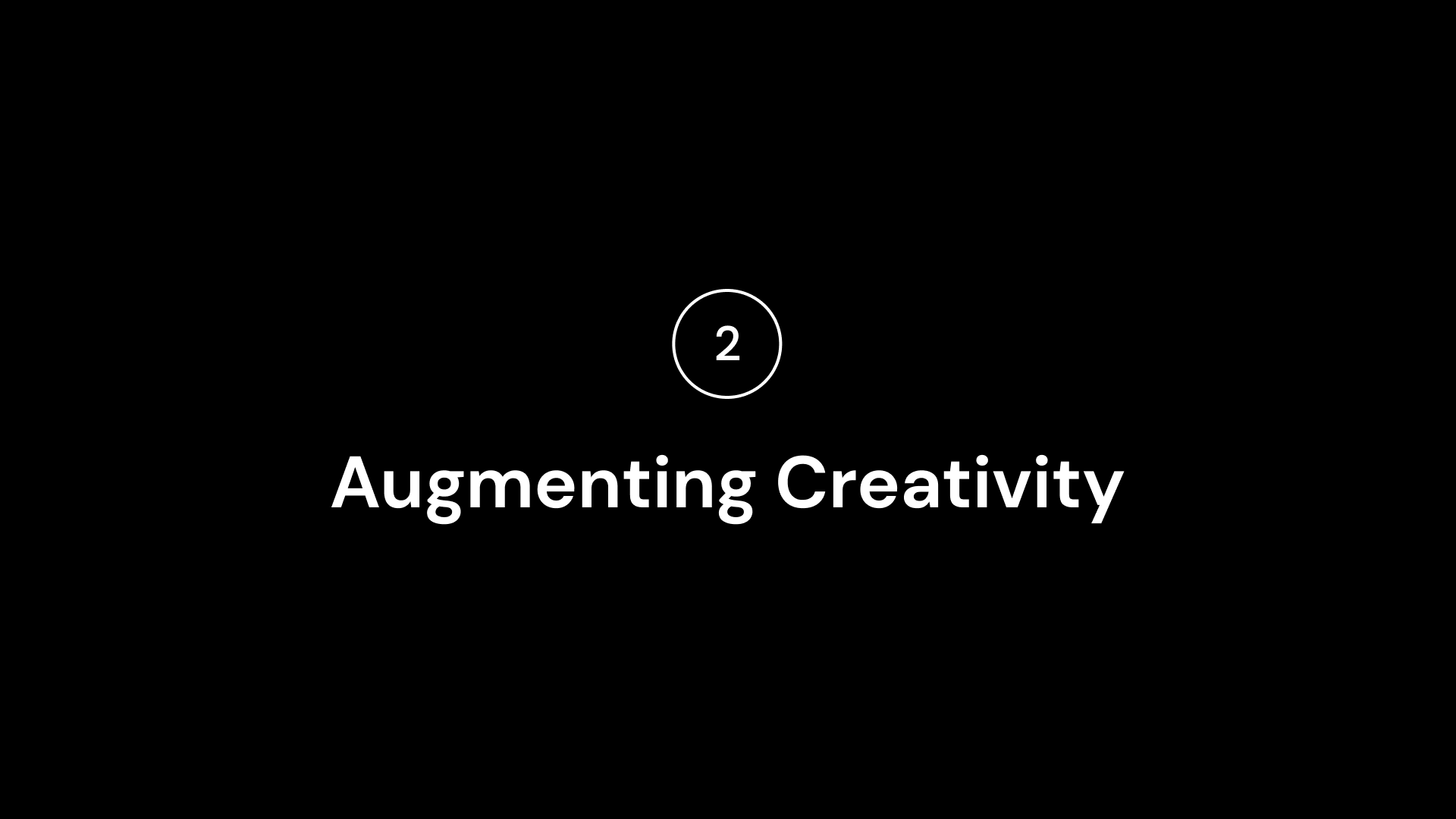
One of the things I’ve always found untrue about most design systems is the criticism that they reduce the level of creativity that a designer can have.
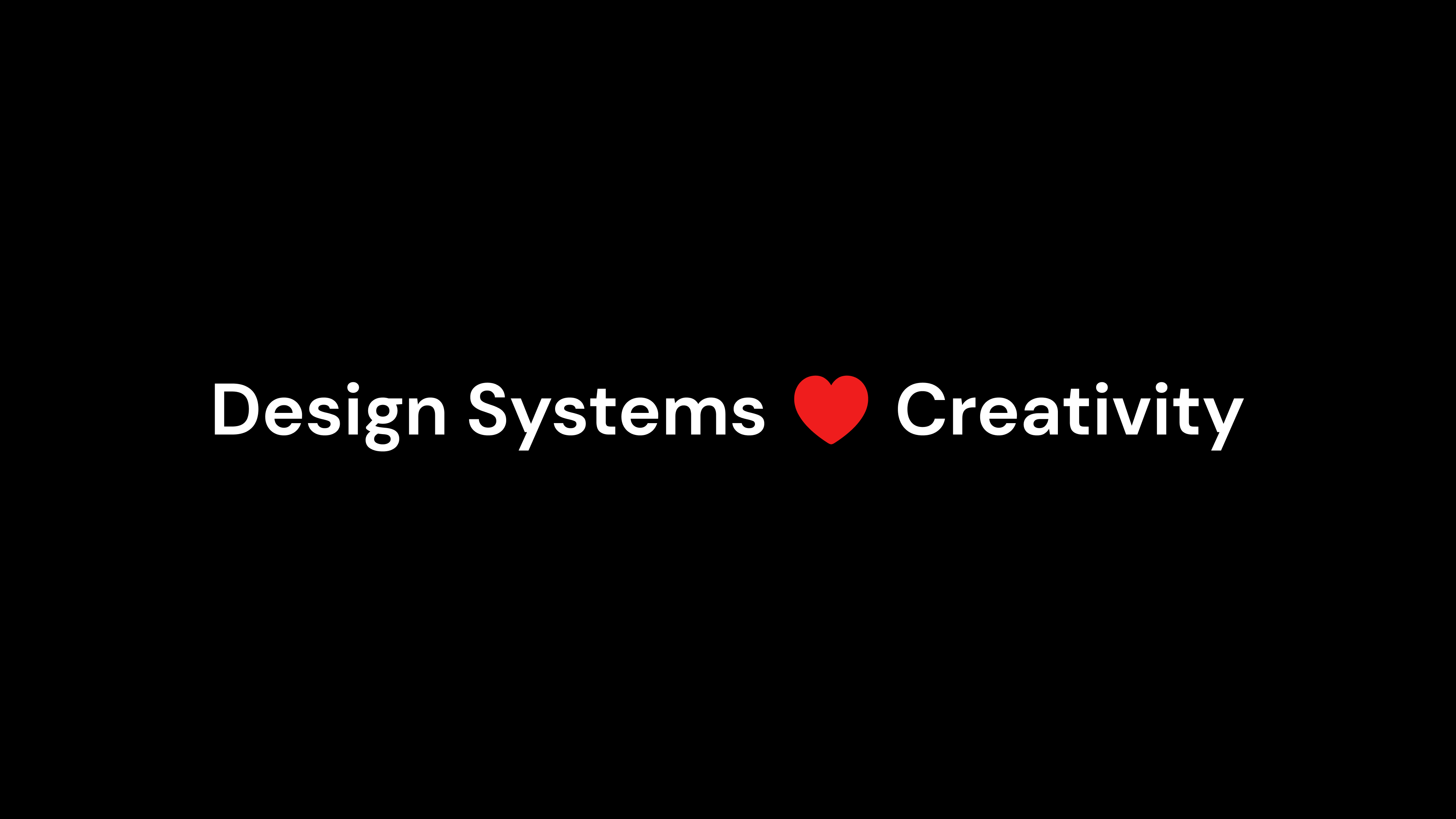
Great design systems, built by practitioners that care about the people they’re building for, don’t intend to limit what great designers can do.
They’re meant to bolster them by taking away the busywork and by giving them resources, flexibility, and the freedom to contribute to the system over-time.
I see AI-powered tools and the systems that they leverage, helping continue to increase creativity in designers, rather than limit it—and to get there, I want to show you some things that are possible today.
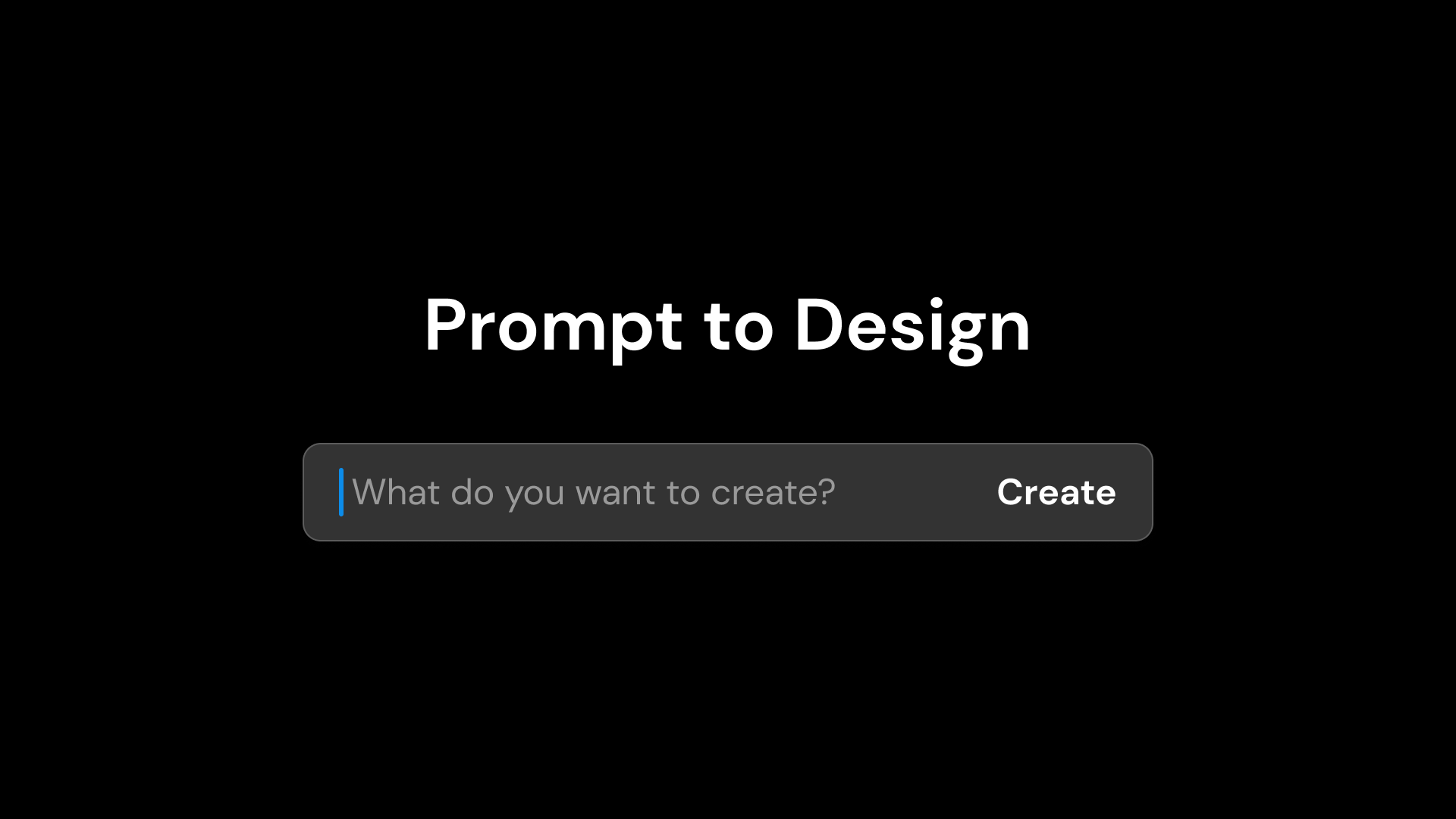
One of the AI in design ideas I’ve seen so far is this idea of “prompt to design”—we’re now able to write a text prompt that takes a description of what you’re trying to do and generate designs from it: screens, components, flows, all based on your design system.
There’s a few tools leveraging this idea out there, and there’s a lot of opportunity to help bootstrap someones’s process with this—rather than starting from 0, or using a premade template, you can use this to quickly generate something closer to what you’re trying to achieve, and then build on that starting point.
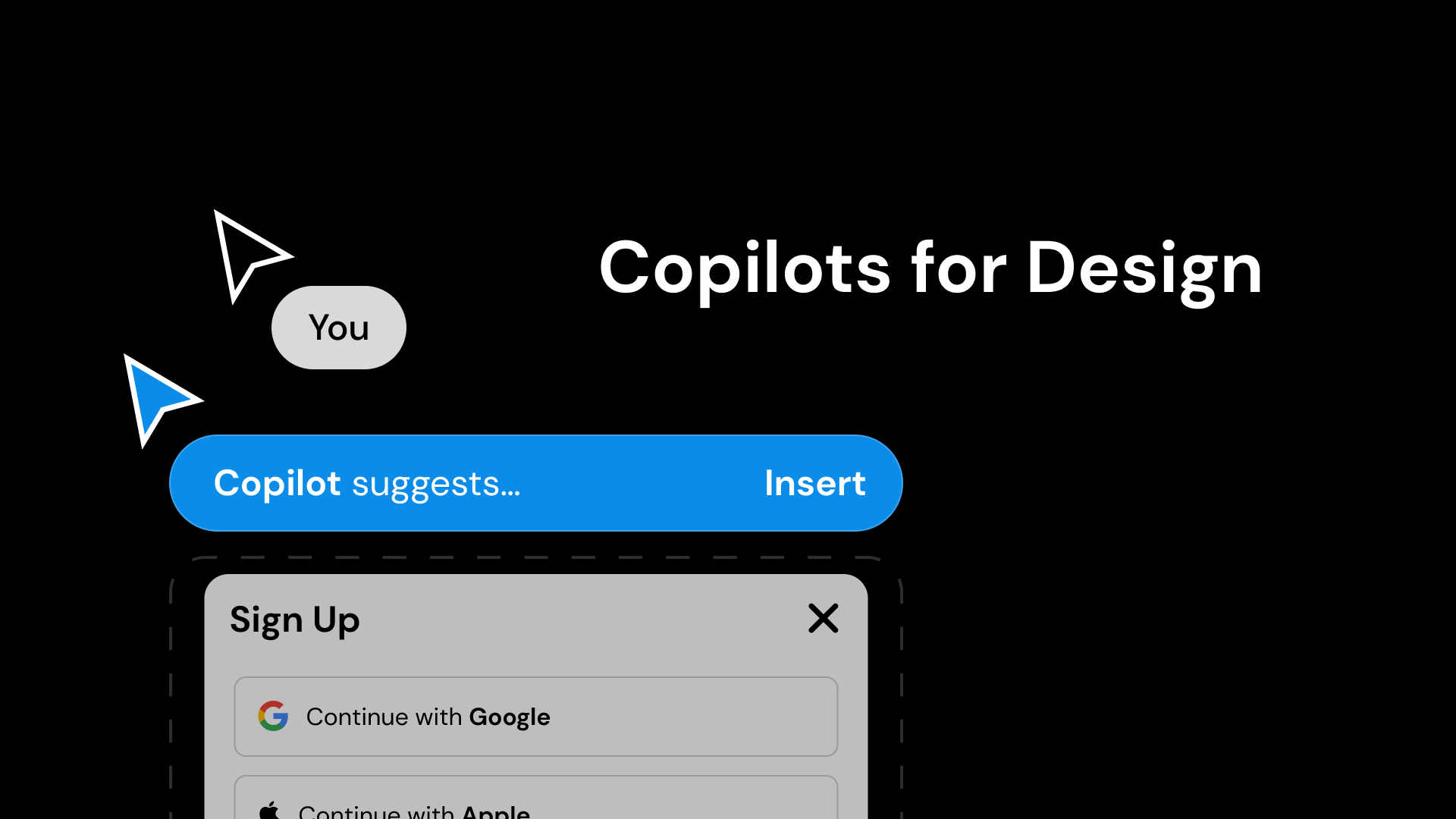
And another form of this is the idea of a “Copilot” that operates as an autocomplete for your designs. Rather than being prompted explicitly with a description of a design you want to achieve, it knows the context of what you’ve already made and what your design system components looks like—and then predicts what should be added next.
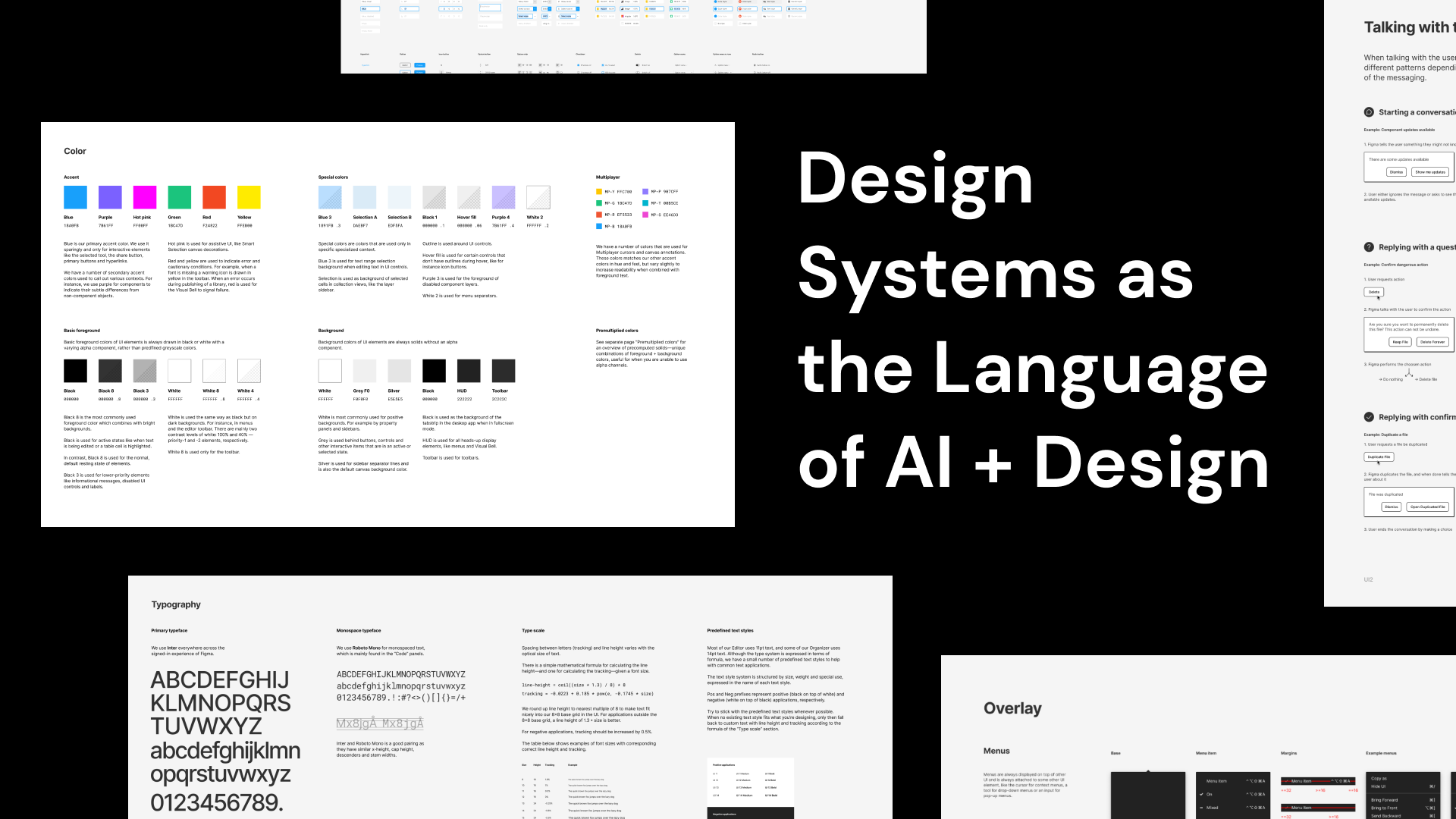
And interestingly, one of the core ideas of all these tools is that your design system serves as the language of how AI tools understand and consume your design. Rather than being a practice that goes away because of it’s level of structure and the ease AI tools have in creating them, design systems will be more important not less—because it will be the primary way we bridge the gap between AI and design, and teach AI what we want to achieve.
Now, you’re asking, what does this mean for augmenting creativity—let me show you how these ideas can come together to help with that.
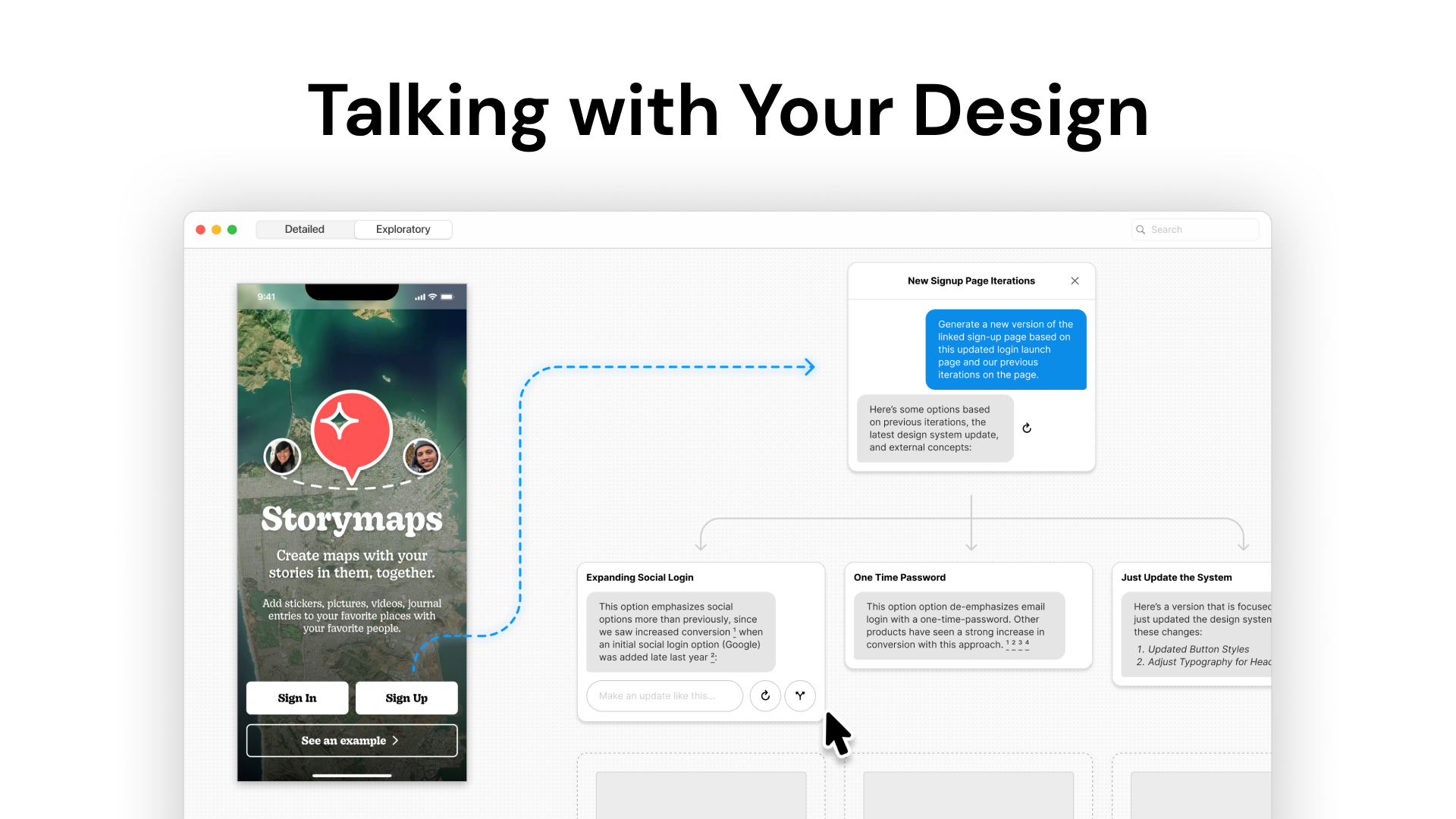
Imagine a world where you’re working in your design tool, and you use embedded “discussion” and iteration with a copilot trained with your design system and design decisions.
That copilot doesn’t just provide you with one path forward, but it shows you different, likely paths—ones that it explains and justifies with it’s understanding of your design system and what values you want to emphasize in your approach.
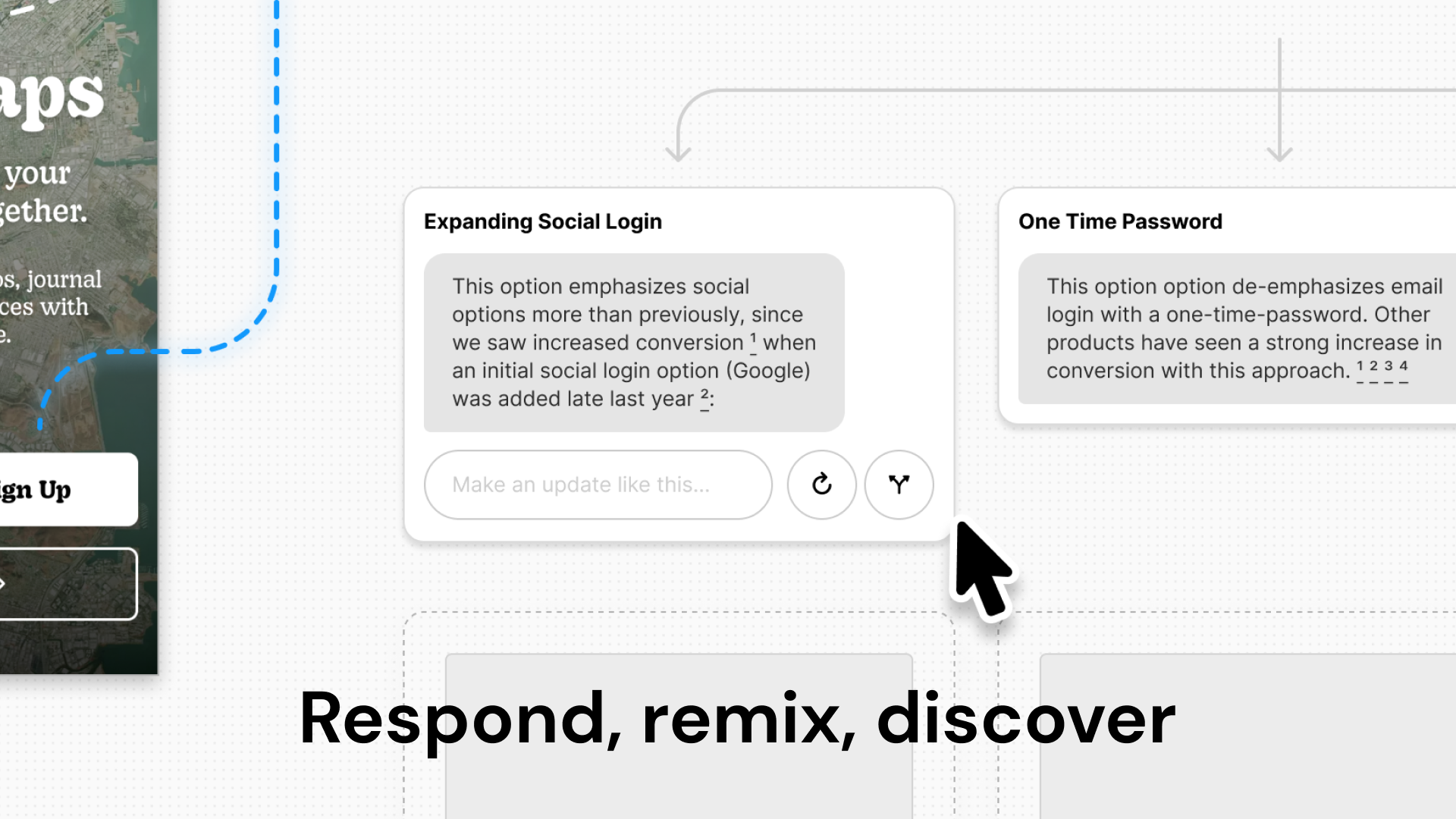
And you can respond to what it suggests, remix it with your feedback, and continue diving down different approaches to discover the different kind of opportunities that are available.
It’s like a “choose your own adventure”, but focused on design and based on all the context you and your org have provided it. It leverages both AI copilots and the idea of guiding them with prompts in more of a two-way manner.
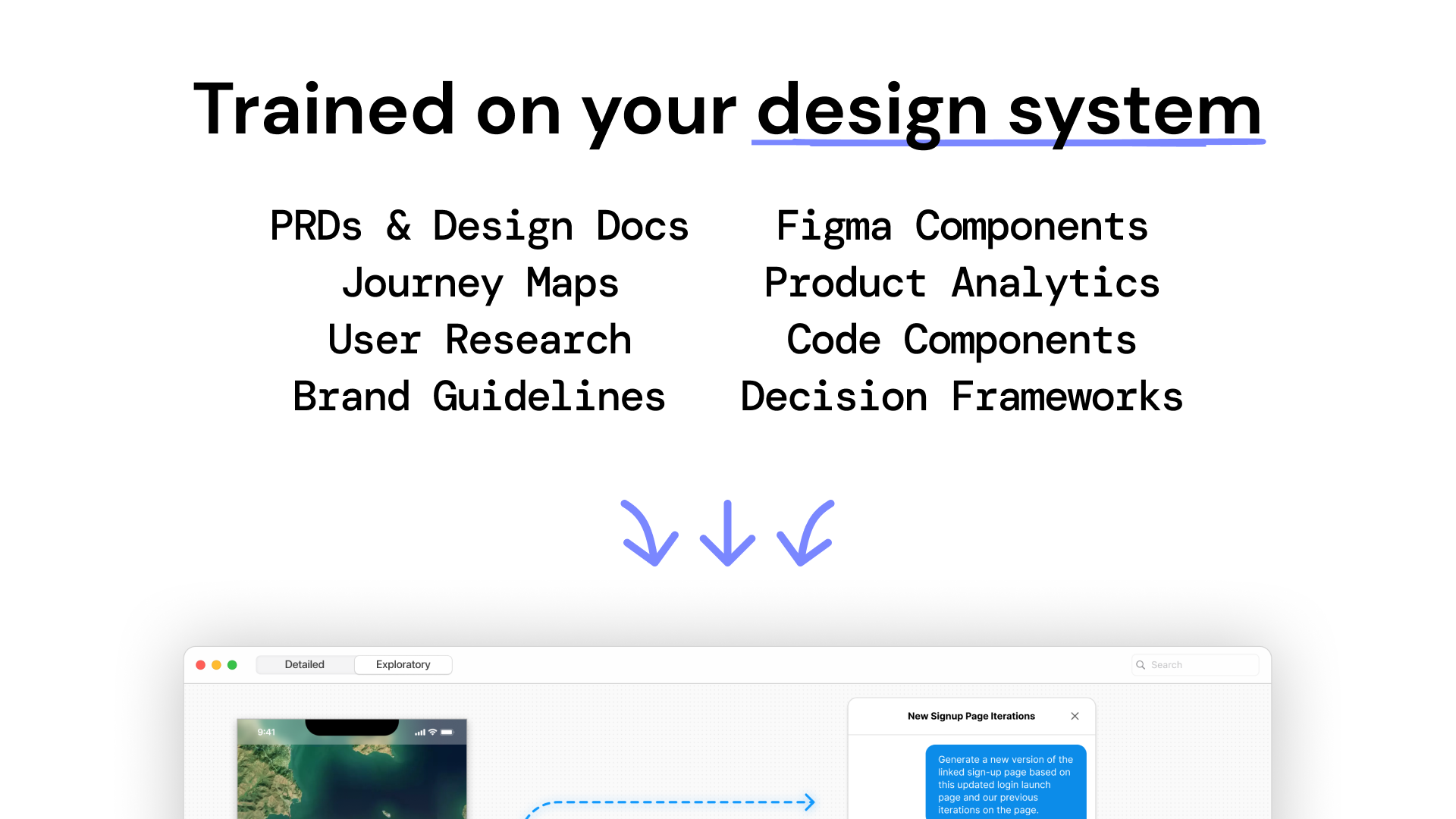
In this world, your tool “knows” your design system—not just providing the design assets of your UI for easy access, but one understands the design decisions your org has made, the components that it uses, the insights that come from user research and analytics—and can then leverage your decision frameworks to help assist you.
It can summarize those insights and surface them at the right time. It can push you think about the opportunities in what you’re designing. It can help expand, rather than constrain how you think.
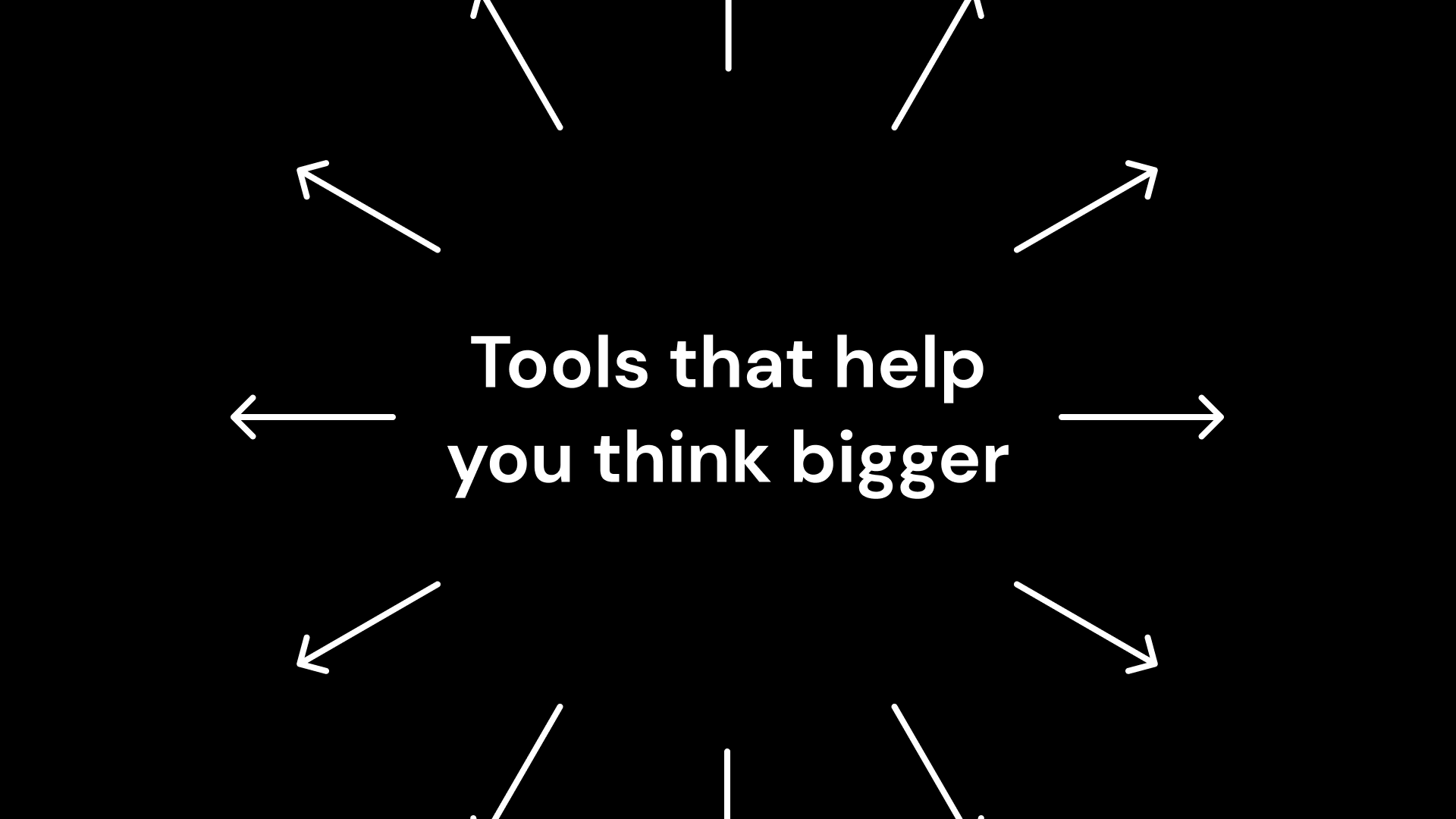
That’s the magic I think AI tools have a unique opportunity to better solve—for now, they’re not smart on their own, but they do have the right capabilities to make us smarter, and more creative.
That’s a world where we’re helping people do better work—empowering them with creativity, insight, and the ability to execute on their choices faster.
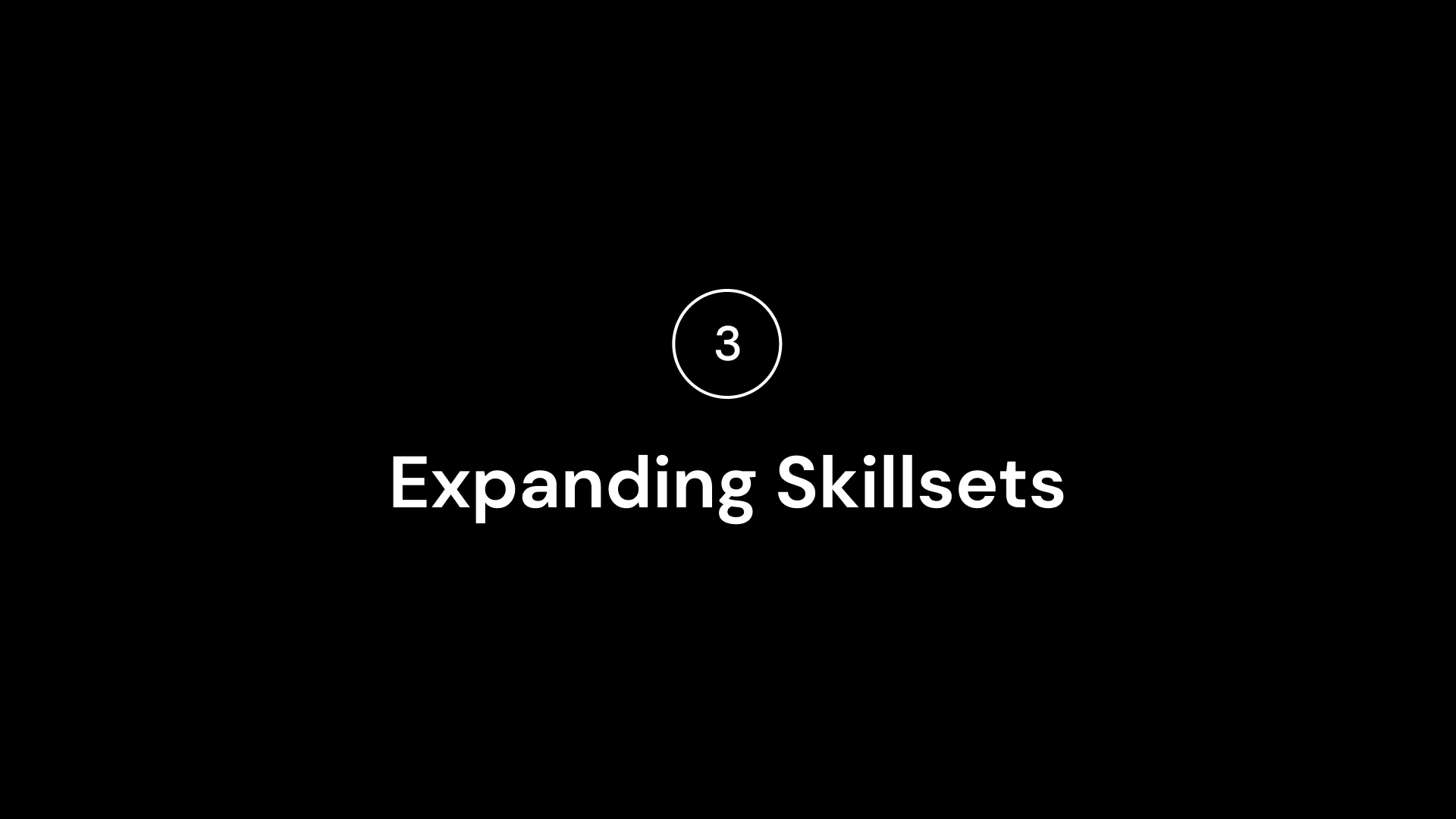
One of the things that has always drawn me to design systems is the fact that it always felt like a comfortable home for generalists.
And often, as design systems practitioners, we’ve taken pride in that mentality we take to our work—acting as designers, engineers, sometimes PMs, and operational leaders to help solve the problems we face.
With AI, I think you’re going to see a few things happen related to this multi-faceted mentality that will impact design systems:
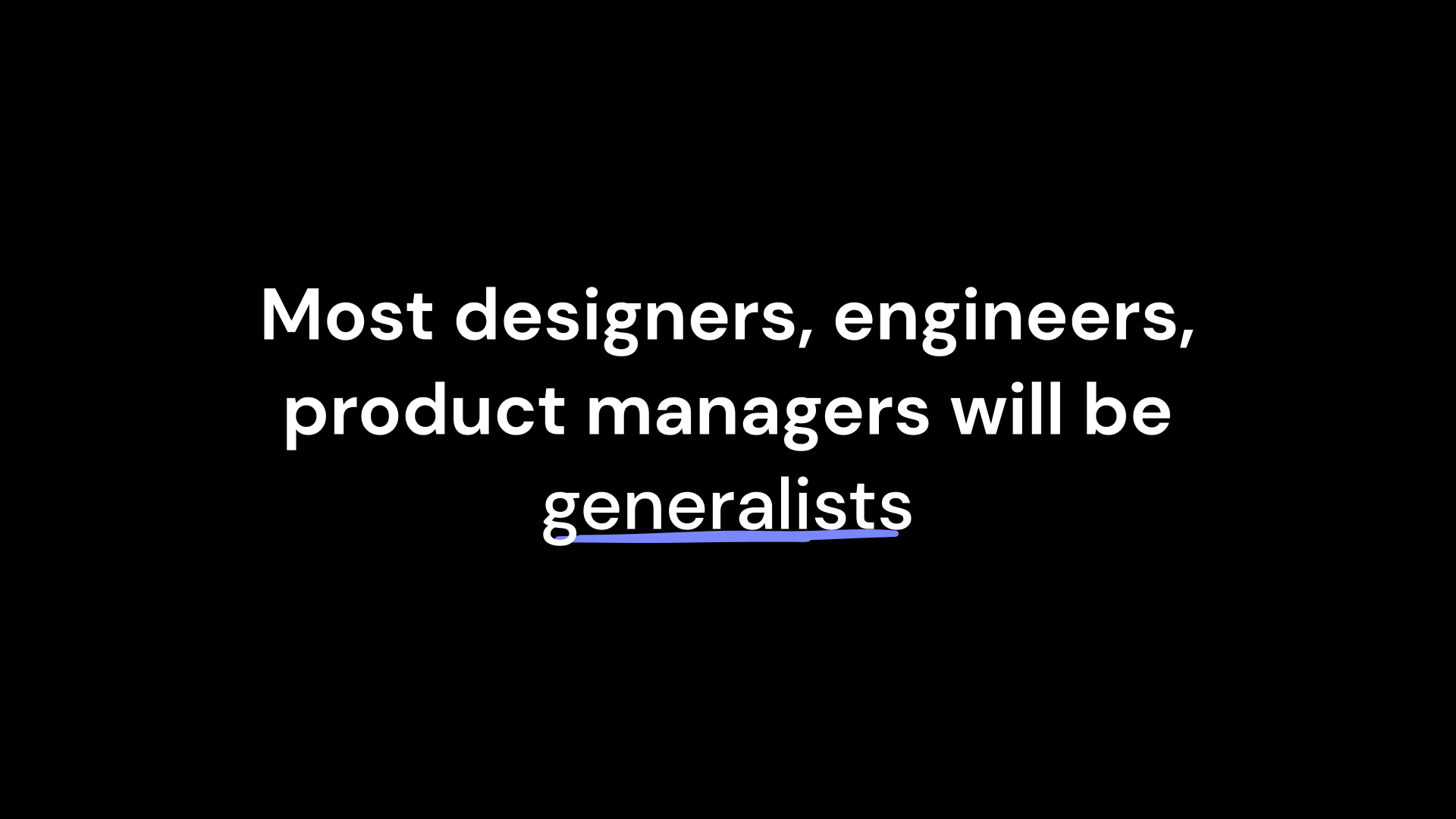
First, with AI, you will see a greater number of people that we work with already, taking on a generalist mindset. You’re going to see designers, engineers, product managers and other people involved in product building, that previously found a wall between all of these skillsets, able to make more meaningful contributions across the whole process.
As I showed earlier, you’ll have people leveraging these AI powered tools to contribute to design and there will be a greater need to design our systems to support them.
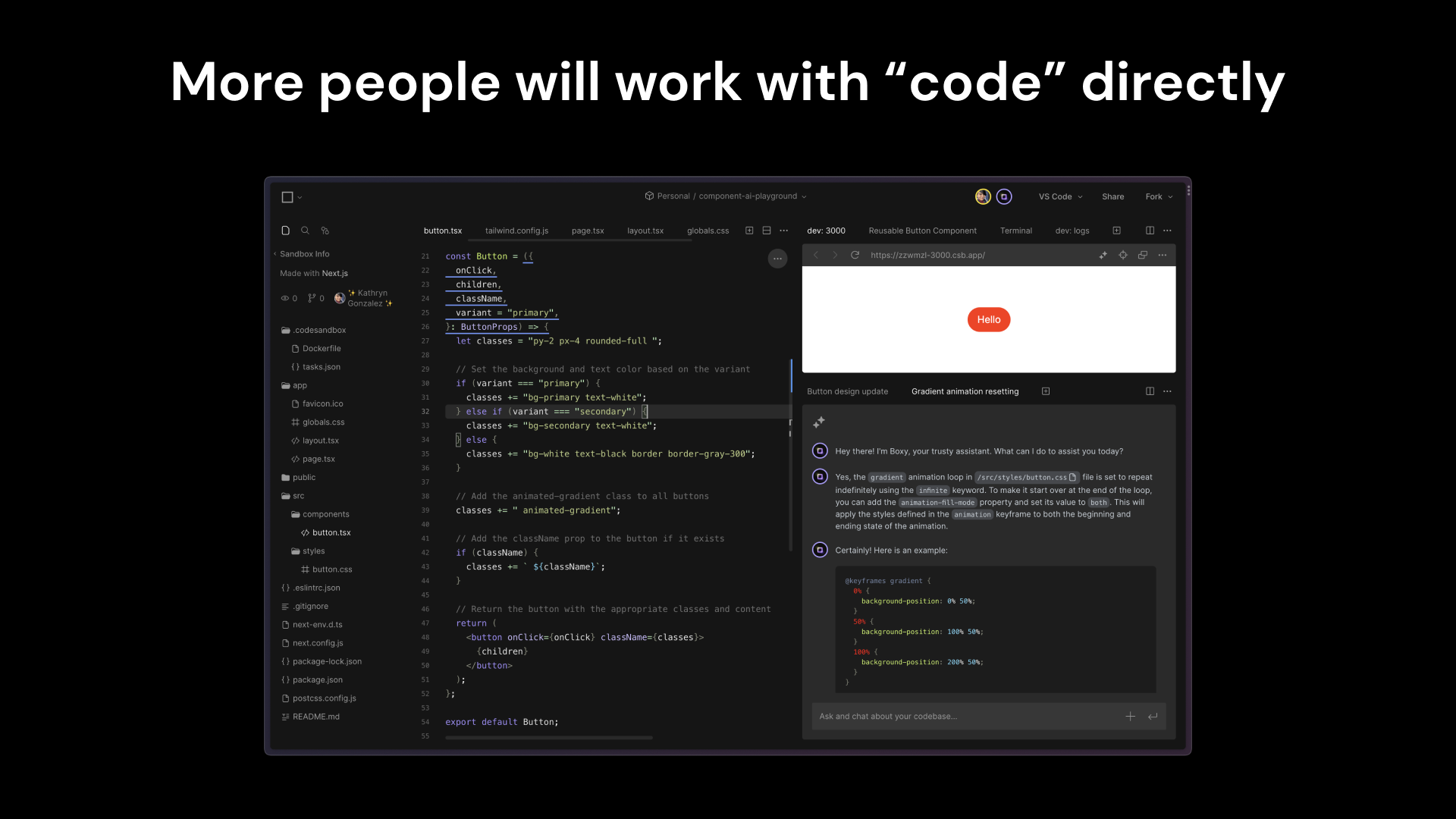
And you’ll see more people contributing directly to our codebases as well. Large language models are really good at writing and reviewing code—tools like GitHub Copilot, ChatGPT, or something like CodeSandbox’s Boxy shown here, make it much easier to navigate and contribute to a product directly through it’s codebase.
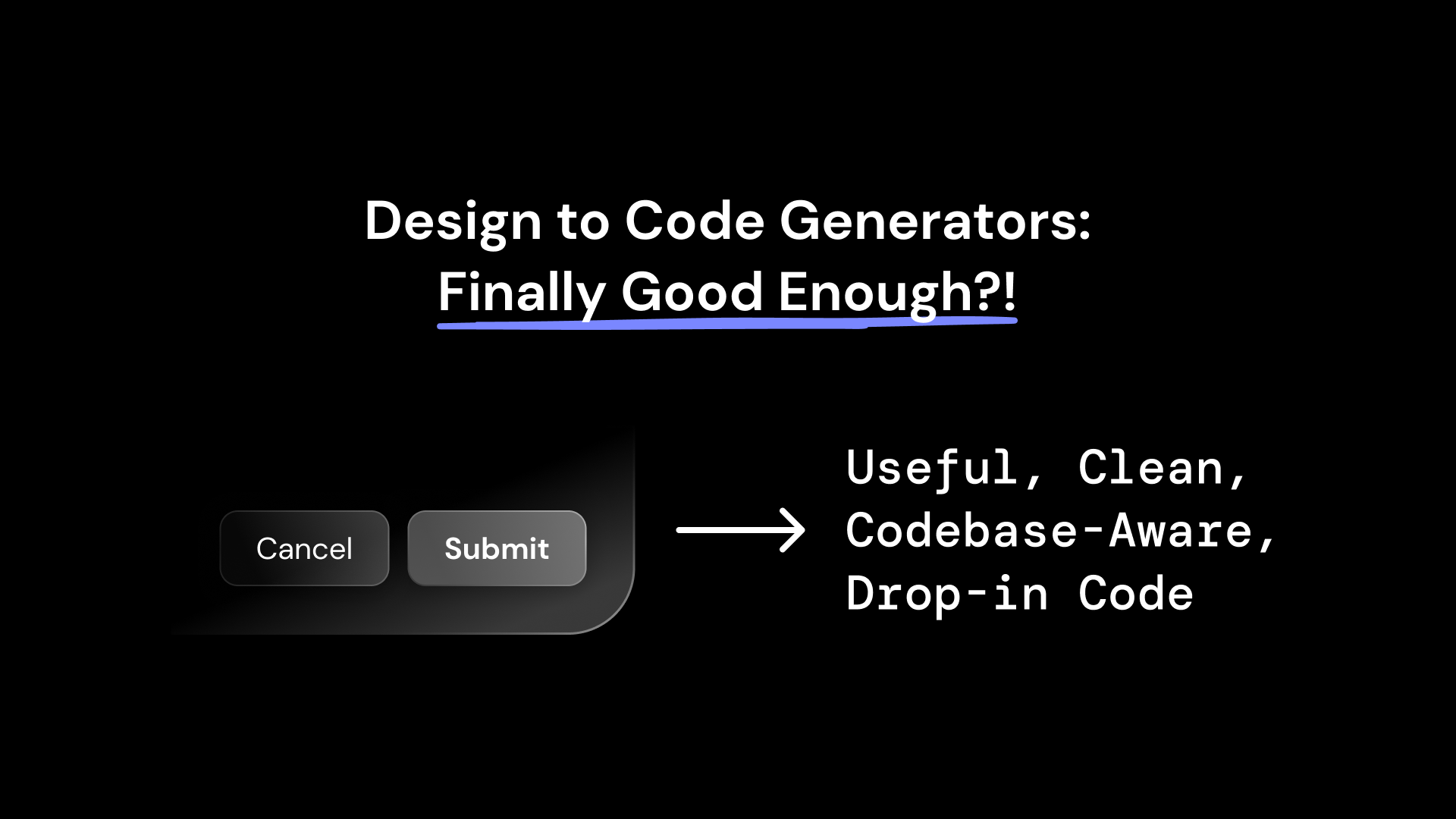
And you’ll see more people be able to use tools, like bifrost.so, to translate what they design to code in a way that was just not good enough before AI—we’ll have much more capable translations and code exports, in a way that is considerate of the codebase you already have, including your design system.
While the big decisions around architecture, technical approach will be left to the experts, more and more people will contribute around the edges. How do we as design systems practitioners make it easier for others to contribute, to add to a system that already exists?
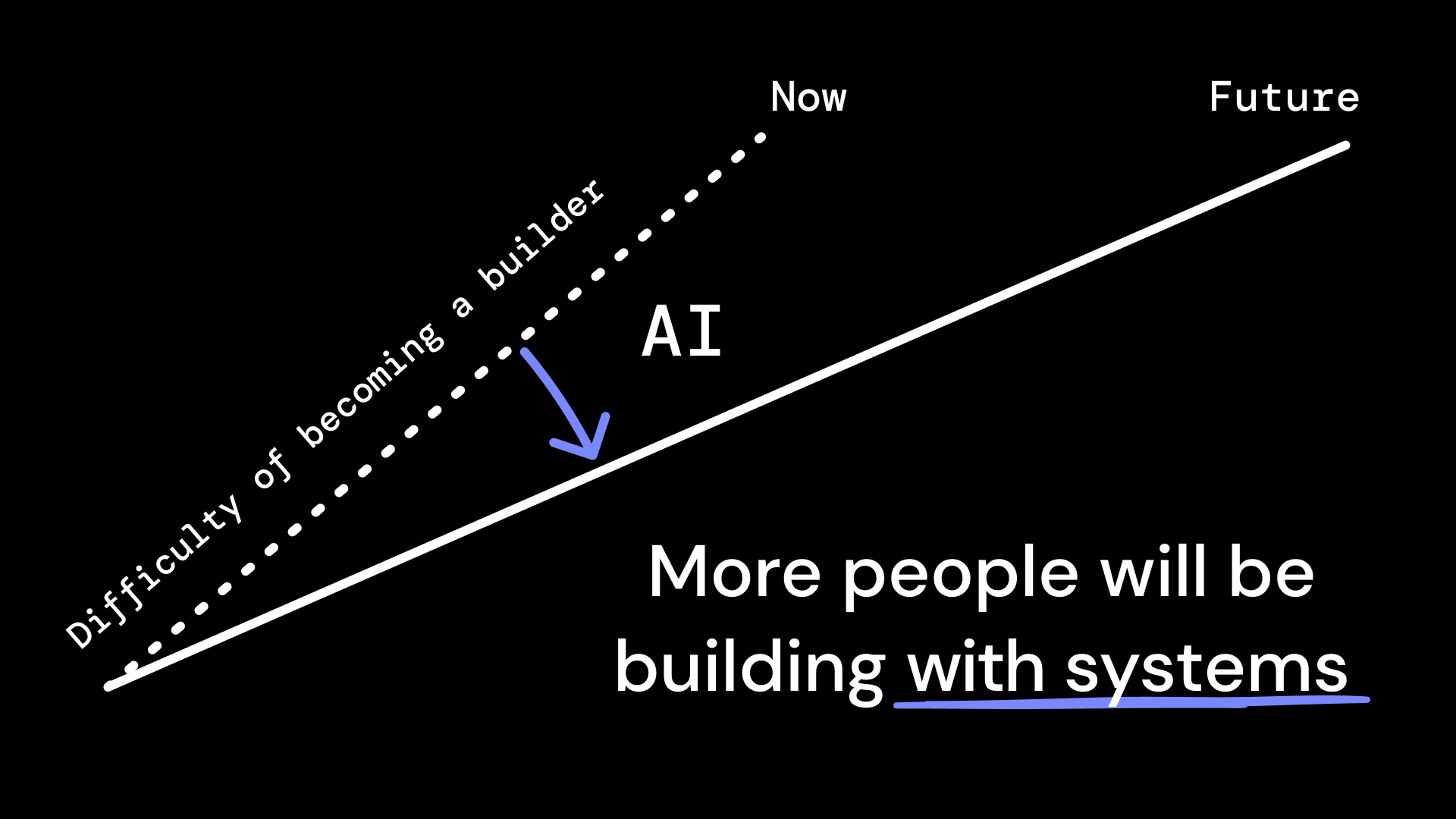
And ultimately, I think the world that we build our systems for—will be bigger. Not just having colleagues with different skillsets more able to contribute, but more people entering the field altogether. More people will “design”, “code”, and build things, because the skills necessary to make digital products will be more accessible than ever. The difficulty to become a builder will become less steep with AI-powered tools and education.
And in that world, these people will need systems and tools to support them. So what does it mean to build systems for a much broader range of people?
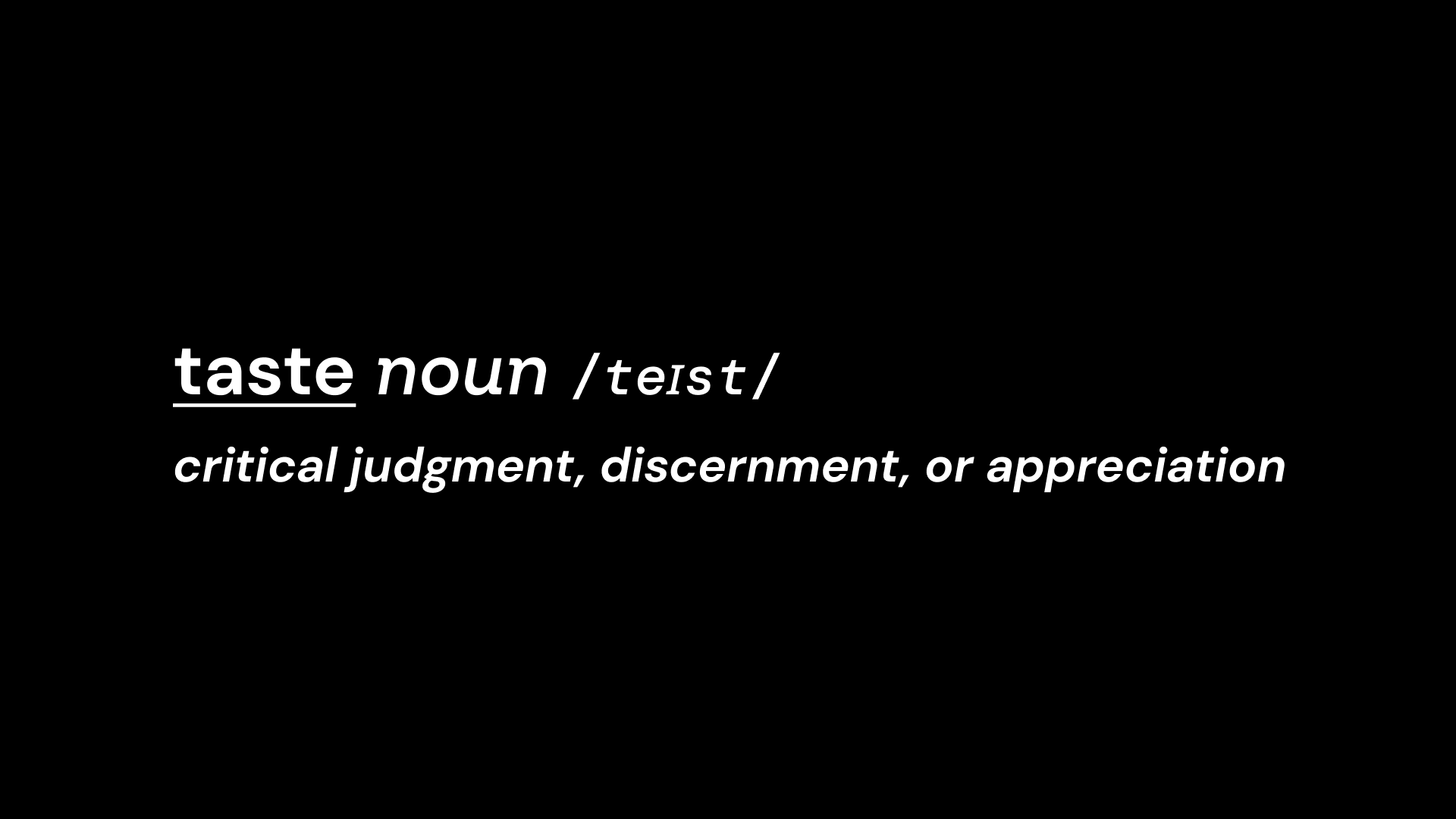
There’s a few ways I see ourselves providing value in that future. One of the ways that I’ve always seen design systems teams be successful is that they can help bring a structured approach to collecting, remixing, and sharing the best ideas and solutions across a design org and outside of it.
They use their taste—aka their critical judgment—and deep domain expertise in craft to help set the standards of what an org should strive for—in the craft of UI engineering, or visual design, or operations, or in at-scale decision-making.
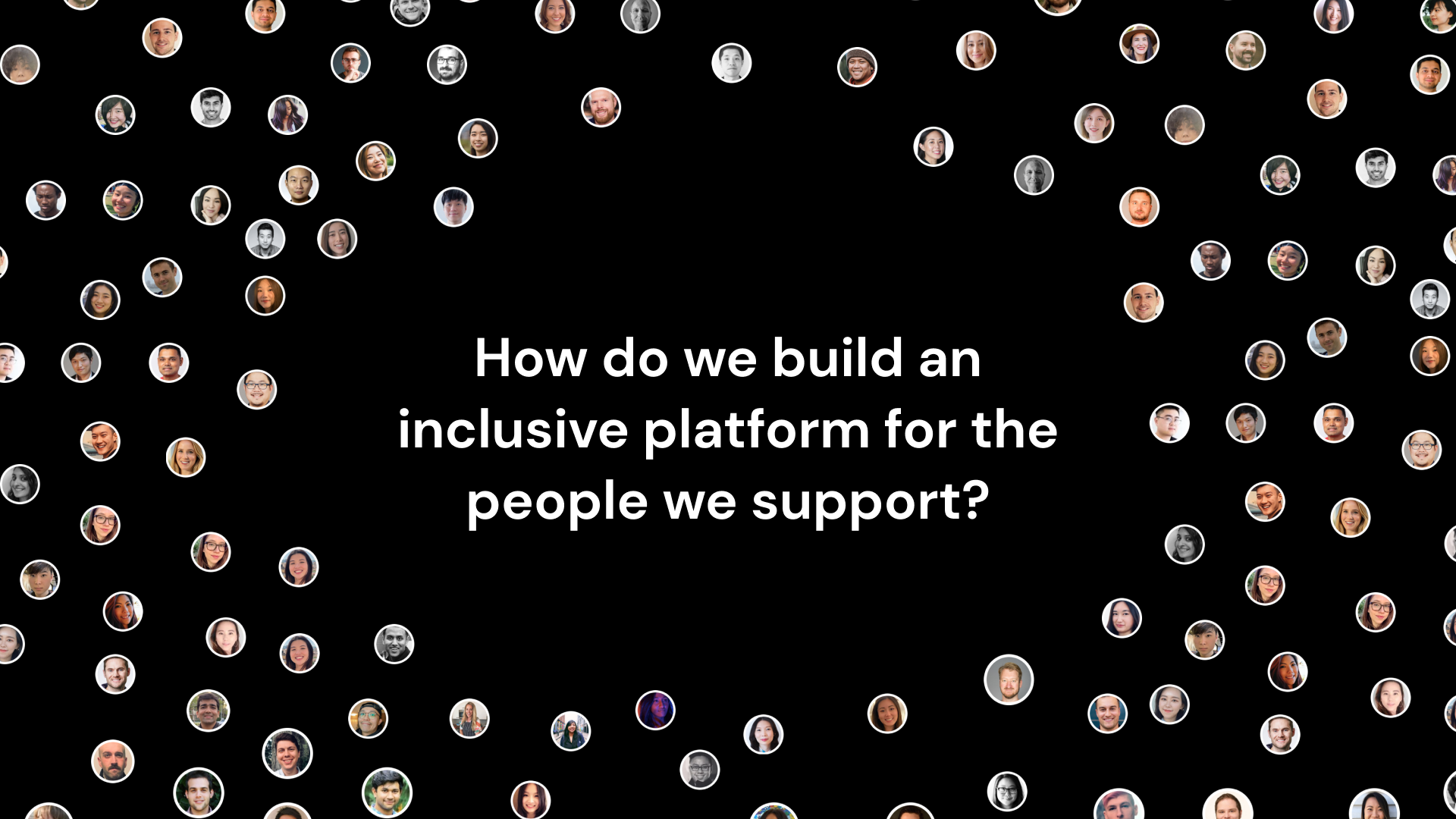
And our biggest responsibility will be to help build the systems and platforms for how others can leverage that taste to do their best work at scale—how do we help inspire them to reach higher, to think more deeply, and to incorporate the ideas that all these new people and their perspectives bring? How do we help foster and grow great design and engineering and product craft, rather than constraining it—and how do we use AI to power this platform in a people-centric way?
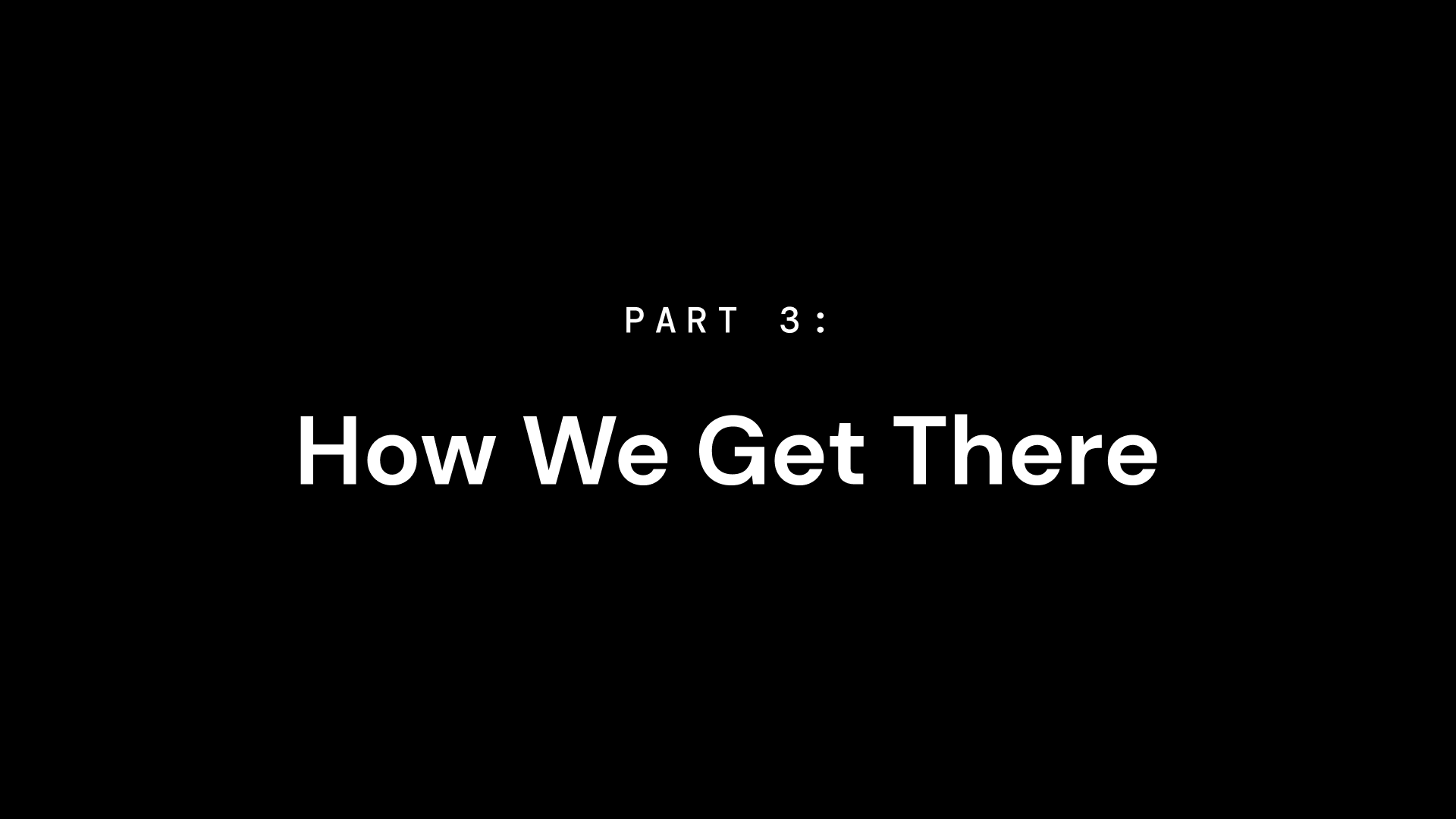
That was a lot—but what I learned over the course of making this talk got me motivated to help bring these ideas into the world—through my own work or through helping others.
But those are just my ideas of the future. And maybe they can help you consider for yourself what you want to see.
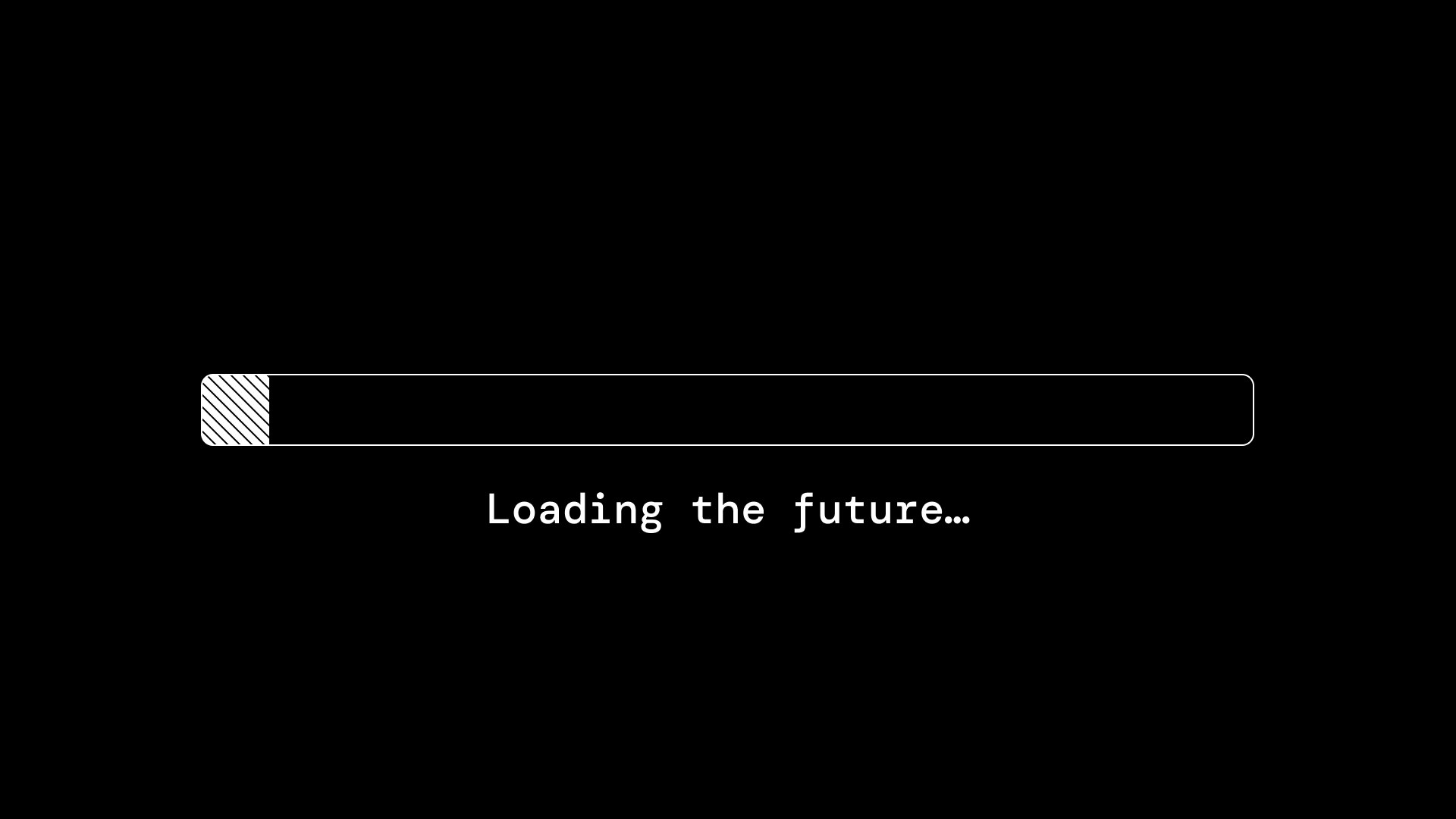
The truth is, we’re really early in figuring out what’s possible—and there is a lot of uncertainty, even for people close to the progress being made. There’s still a lot to find out as an industry—how we can leverage current AI technology effectively, how fast that foundational technology will improve, and what the impact will be.
And for our community specifically, we a have lot to figure out in designing tools and systems focused on design and built with AI. We’re basically at the first part of the loading bar. And how long it can take and what awaits us on the other side, beyond the next year or so—all of it is still pretty uncertain.
But the part that gives me comfort is that this uncertainty—it can be empowering, rather than paralyzing.
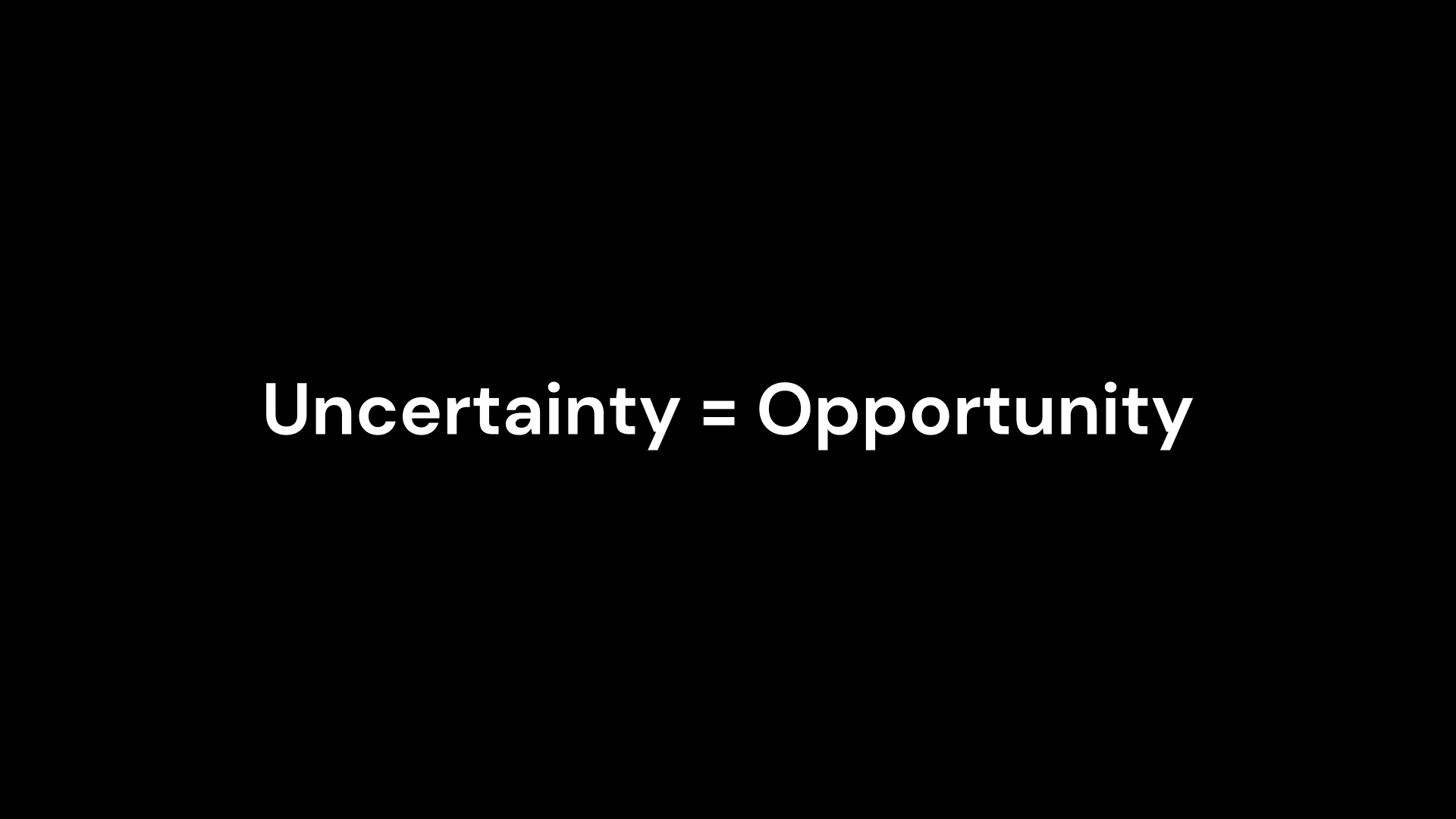
Part of my optimism is the realization that this uncertainty in the future comes with an opportunity to shape it. We all, as people already practicing design or engineering in this industry, have an opportunity to shape what AI-powered design and systems work can look like. We can let an uncertain future happen to us, by neglecting to provide our voice and our actions to that future. Or, we can take our principles, and what we care about, and imbue that future with that vision.
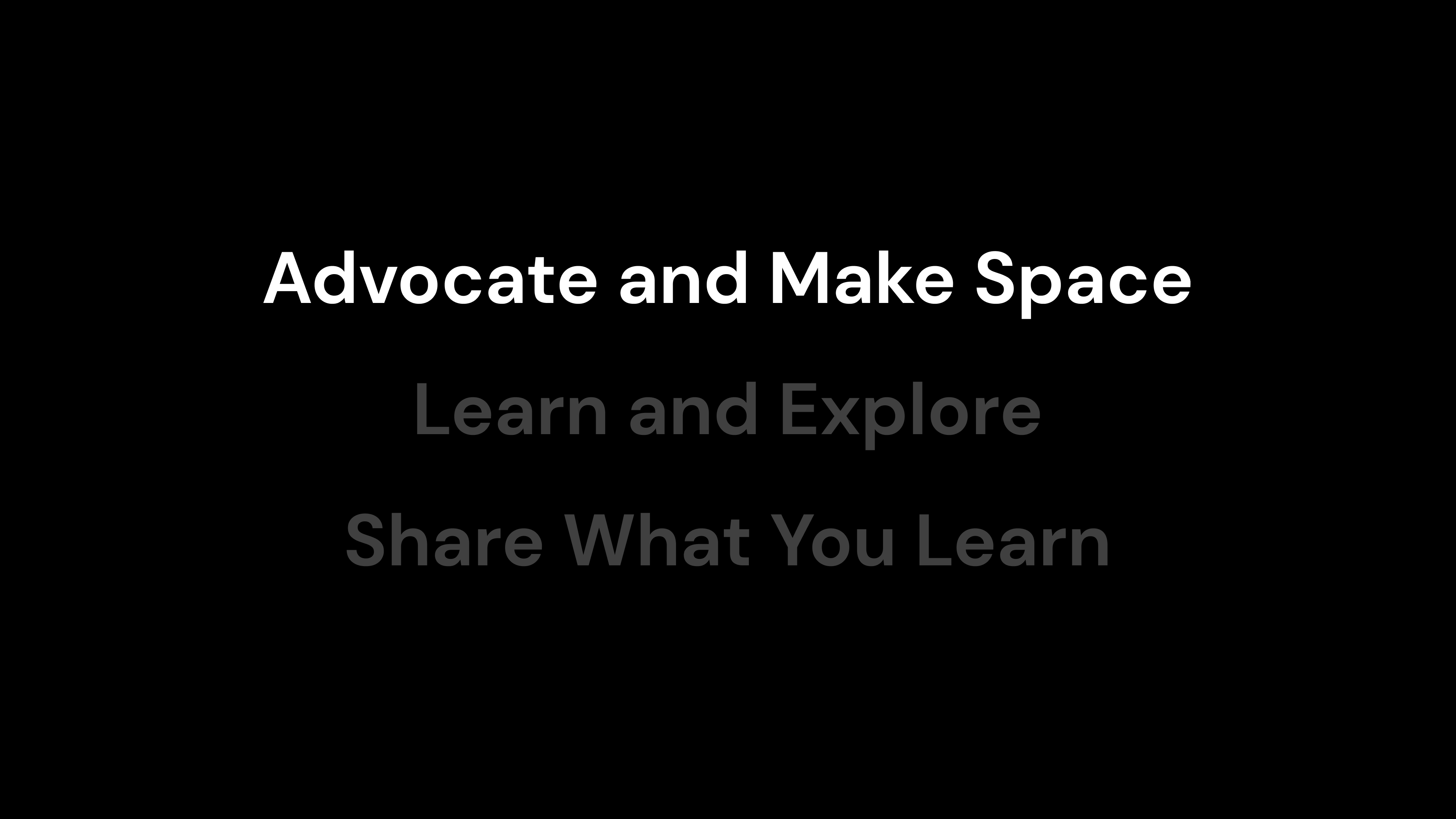
And to prepare ourselves to shape that future, I want to leave you with 3 actions that you can take:
First, you can advocate for yourself or others to explore AI — to be able to shape the future we need the time and space to understand what’s possible. Acting as a leader to give yourself and others room for this exploration is key.
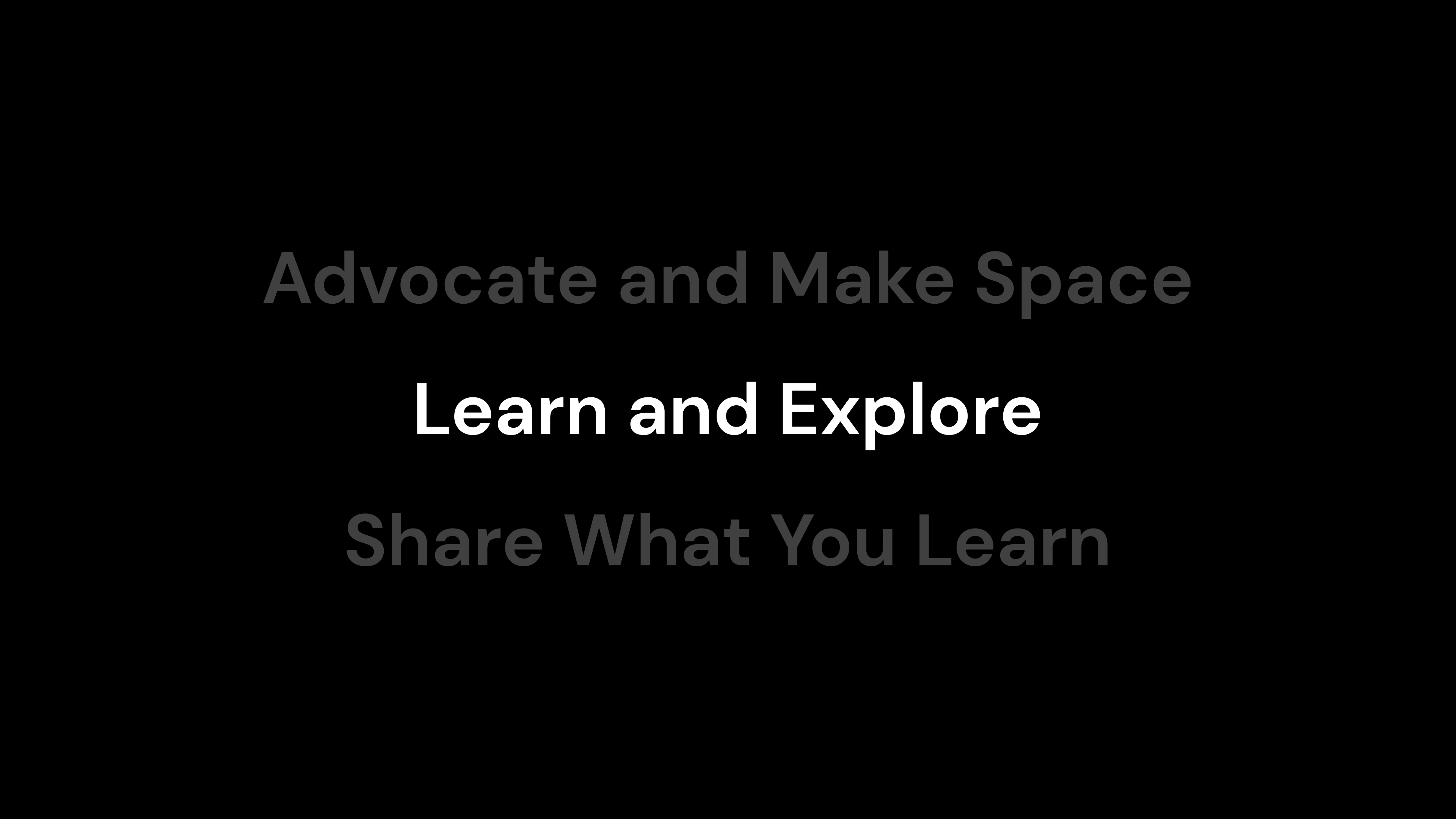
Second, you can focus on learning what this technology is, what it can or can’t do, and turn it from something mysterious to something that is real and tangible.
Play around with creating some mesh-gradients with Midjourney, or go use ChatGPT to write some components. Figure out how these tools can play a part in your workflow, and where they can provide value.
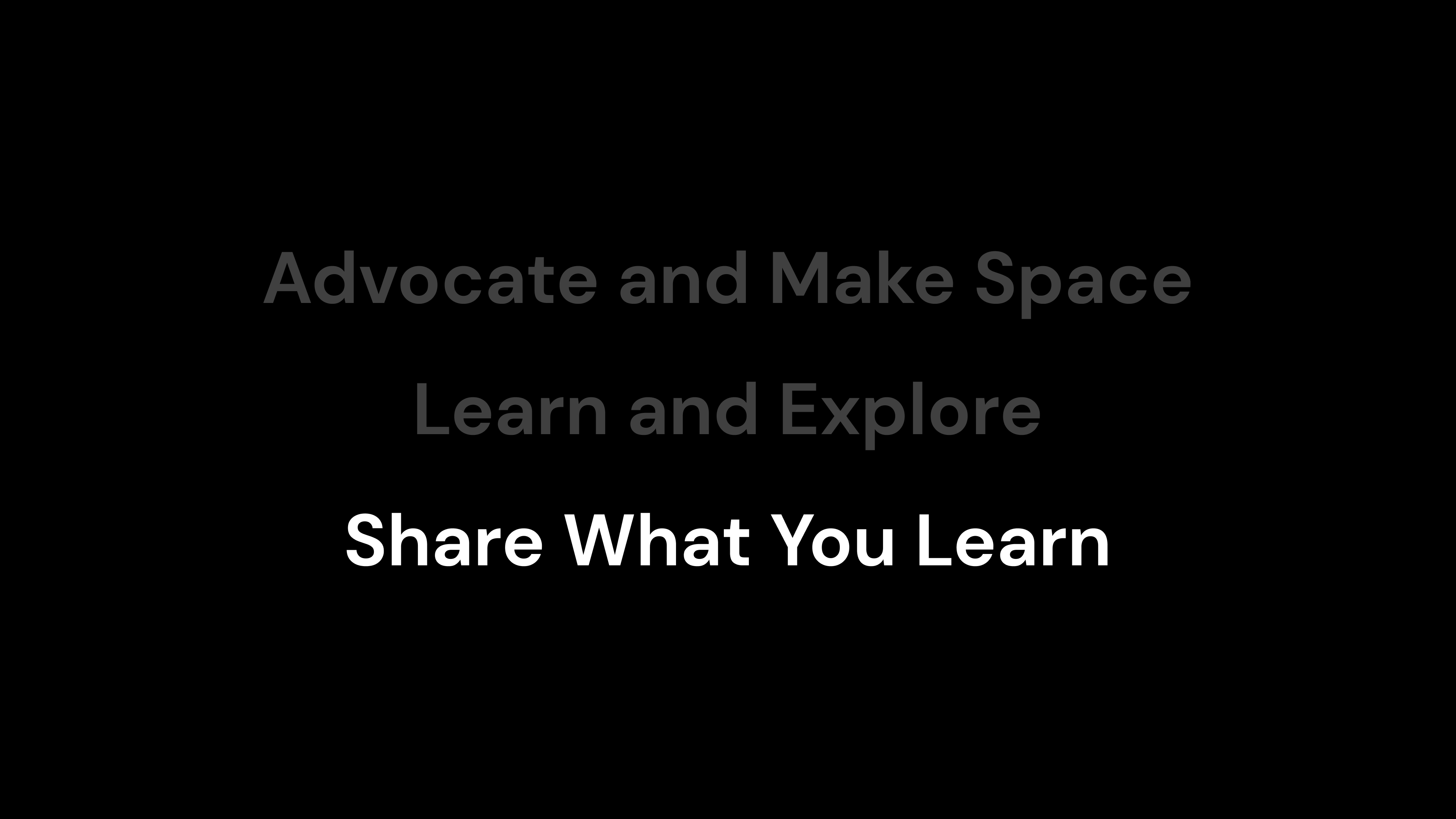
Finally, share what you learn, and help bring people along. Go write articles that explain how you can incorporate AI into your work. Create and share open-source tools that leverage AI. Be a driver, and a participant in helping bring the rest of our community along into this future.
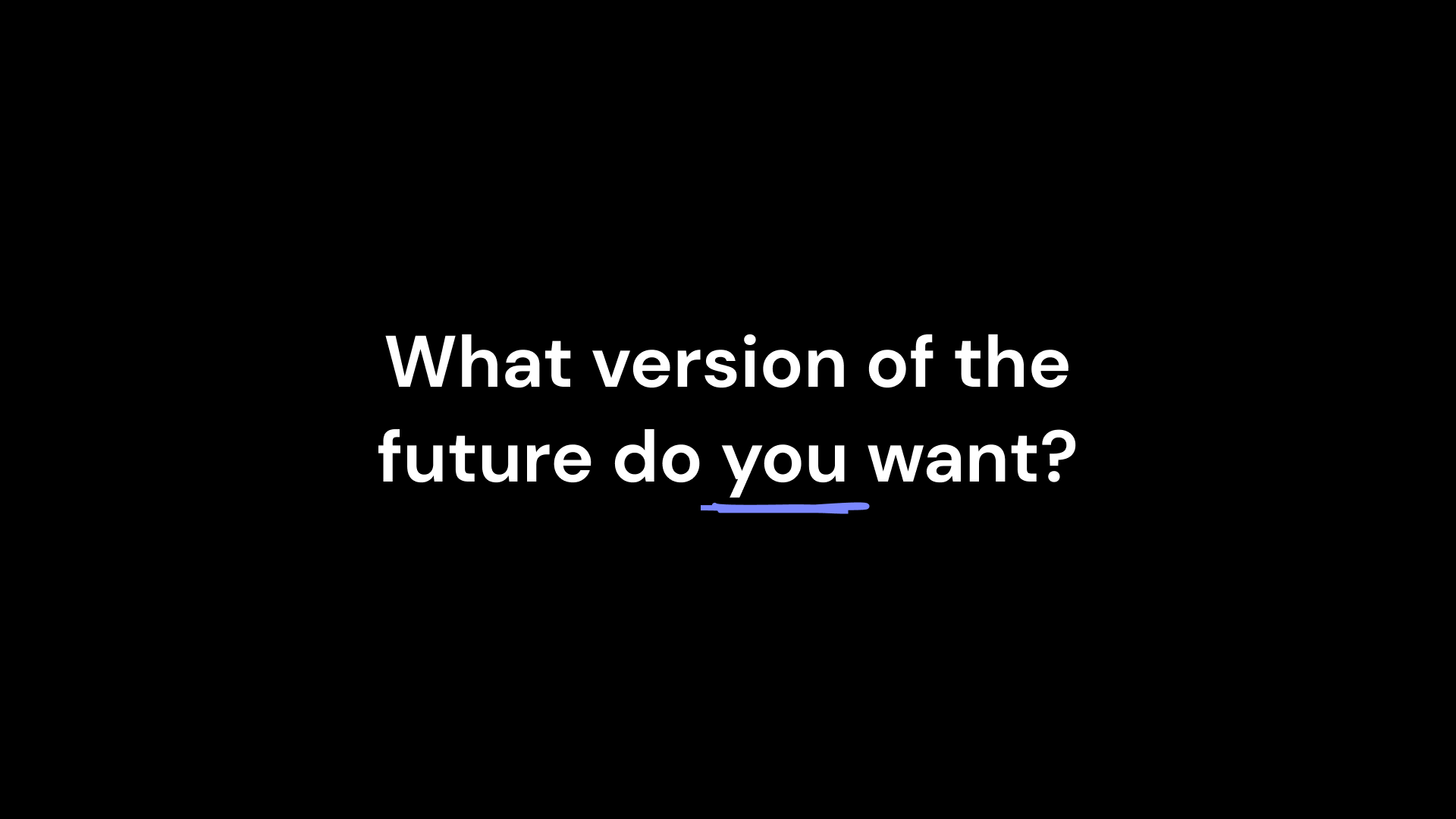
Systems and tools are only what we use them for. If we want a future that we can get excited about, we have to learn to figure out what AI-powered design systems and tools can look like, and how they can empower the people we build for, and help them reach more of their potential. That’s the future I want, and why I want to keep figuring out how to participate in what we’re all building.
And I want to leave you with this question for yourself—what version of the future do you want? And how do you want to participate in shaping it? I believe that you’ll get there—with curiosity and optimism that fuels you.
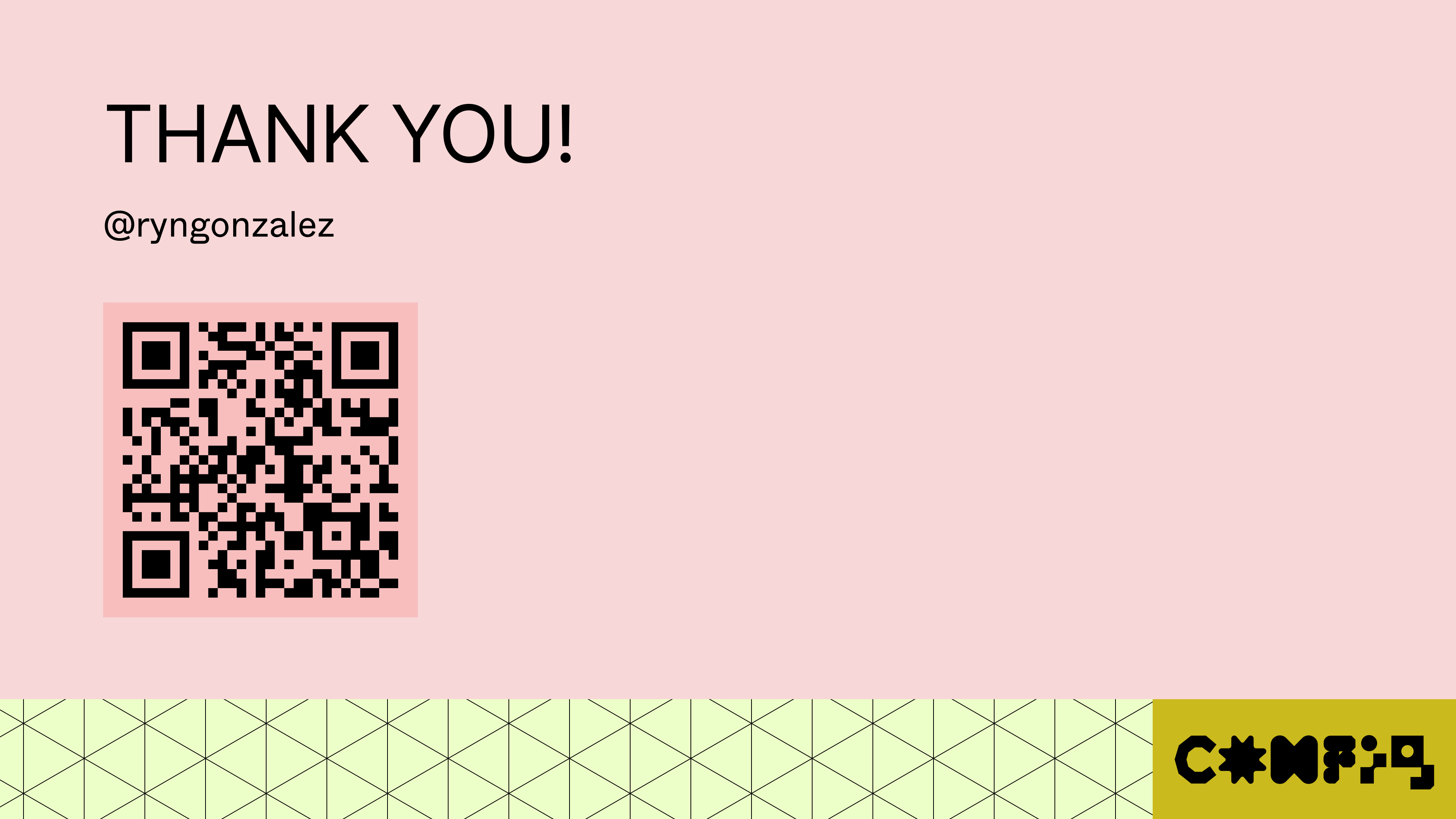
Thank you! If you want to see more about these ideas, check out my Twitter!